Overview
|
The May 10-11, 2024 Northern Lights, also called Aurora Borealis, were seen by many Iowans as well as many Americans in lower latitudes across the continental United States for those fortunate to be under a cloud free sky. For Iowans, many have not seen the Northern Lights this vividly with hues of red, green, blue, pink, and/or purple in decades if not perhaps in some lifetimes. Also atypical with this event was that the Northern Lights were visible as early as sunset and into the evening allowing many to see them without having to trek out at an insanely early morning hour. Most of our event summaries focus on severe thunderstorms, tornadoes, river and flash flooding, and winter events. While the experts in space weather and space weather forecasting are at NOAA's Space Weather Prediction Center (SWPC), given the rarity of a Geomagnetic Storm classified as a G5 (the highest on the Geomagnetic Storm scale) and the widespread impact over Iowa in the form of the Northern Lights, it seemed prudent to catalog this event. News reports also noted impacts to GPS in some parts of the United States. This impacted systems such as farming equipment that require a high level of precision for spring planting, Thanks to the many Iowans who shared their images on social media and to the ones below for allowing permission to use their photos.
Page last updated: June 17, 2024 9:45 PM |
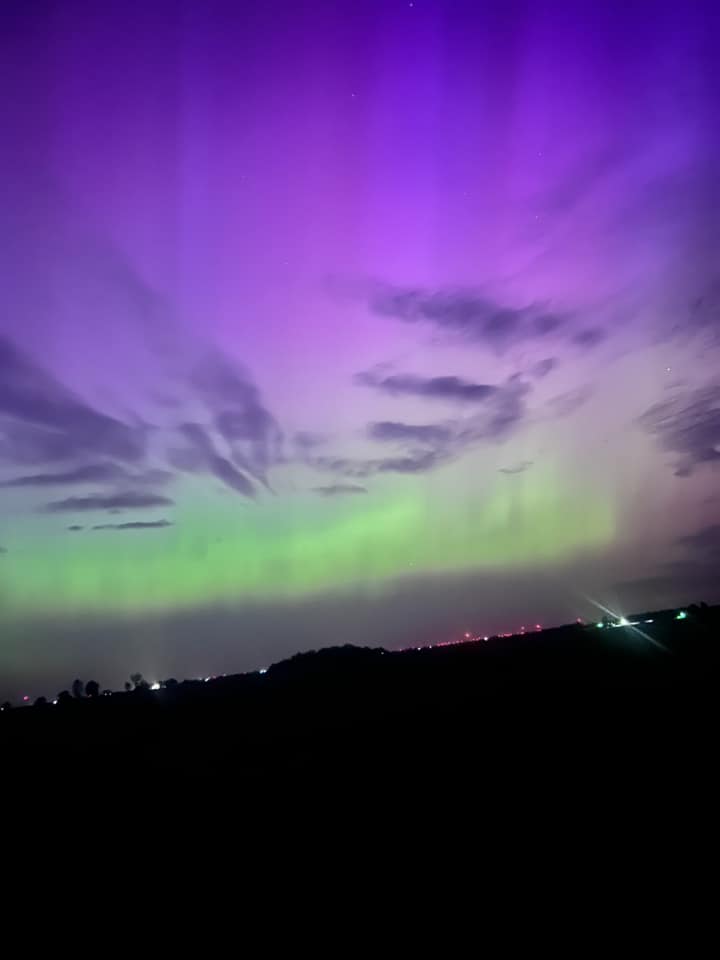 Oskaloosa (Photo Credit: Taylor Crall) |
Photos
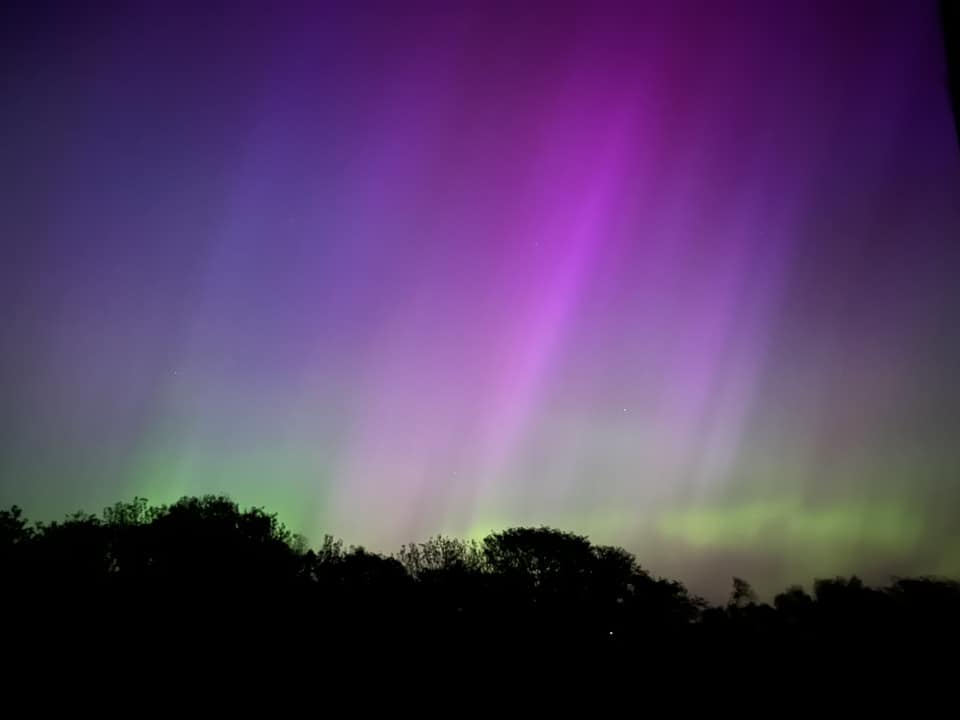 |
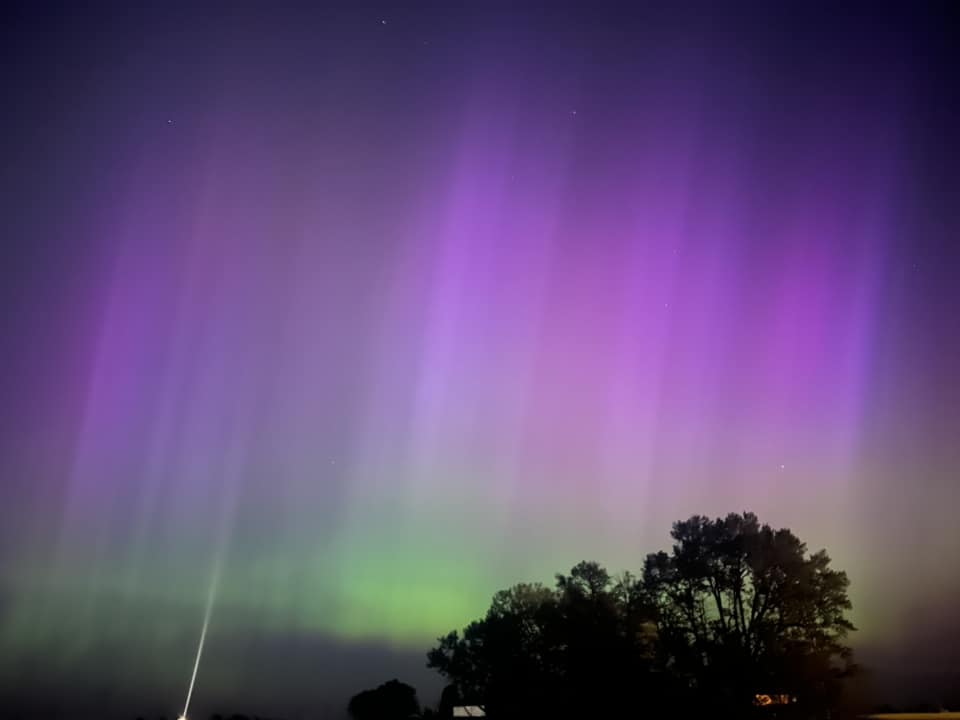 |
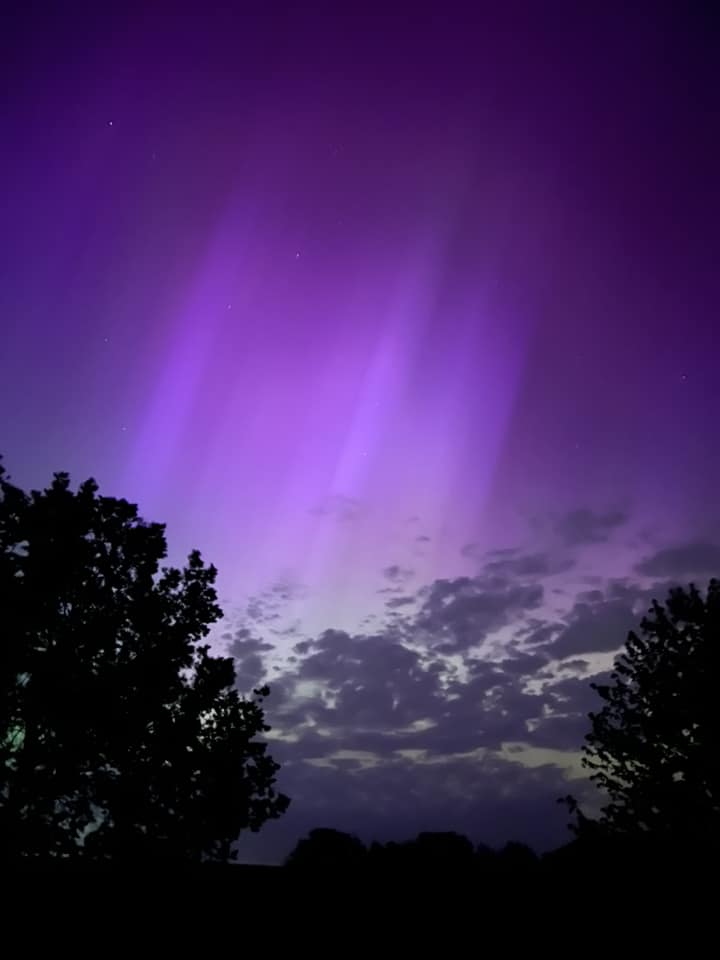 |
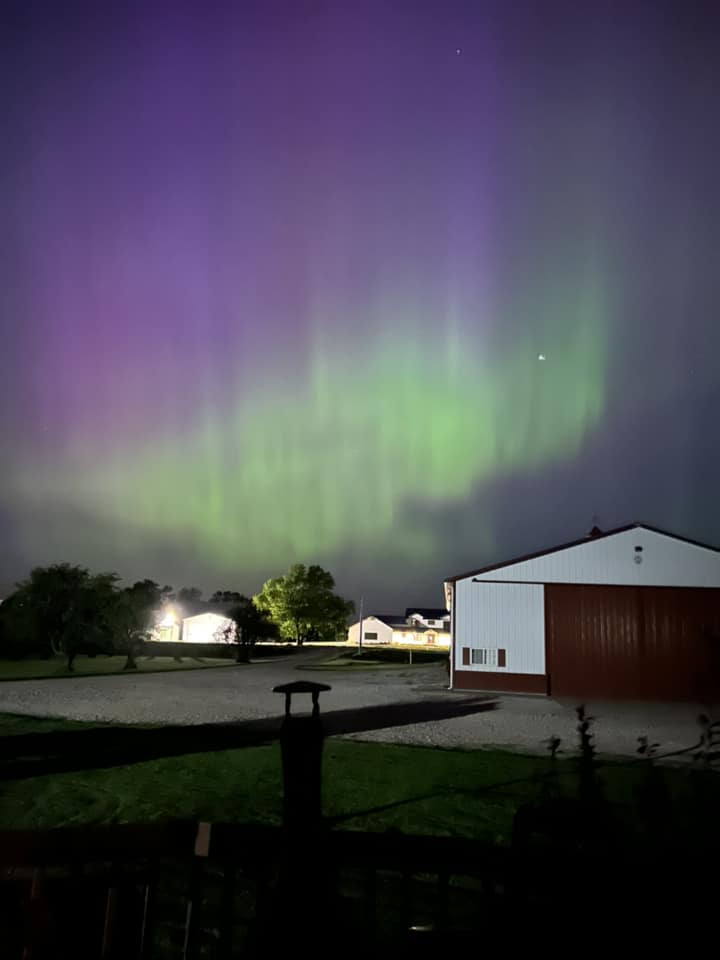 |
| Ackworth (Photo Credit: Genesis Cisneros) |
Adair (Photo Credit: Holly Peterson) |
Ablia (Photo Credit: Christine DeMoss) |
Alden (Photo Credit: Kathy Blome) |
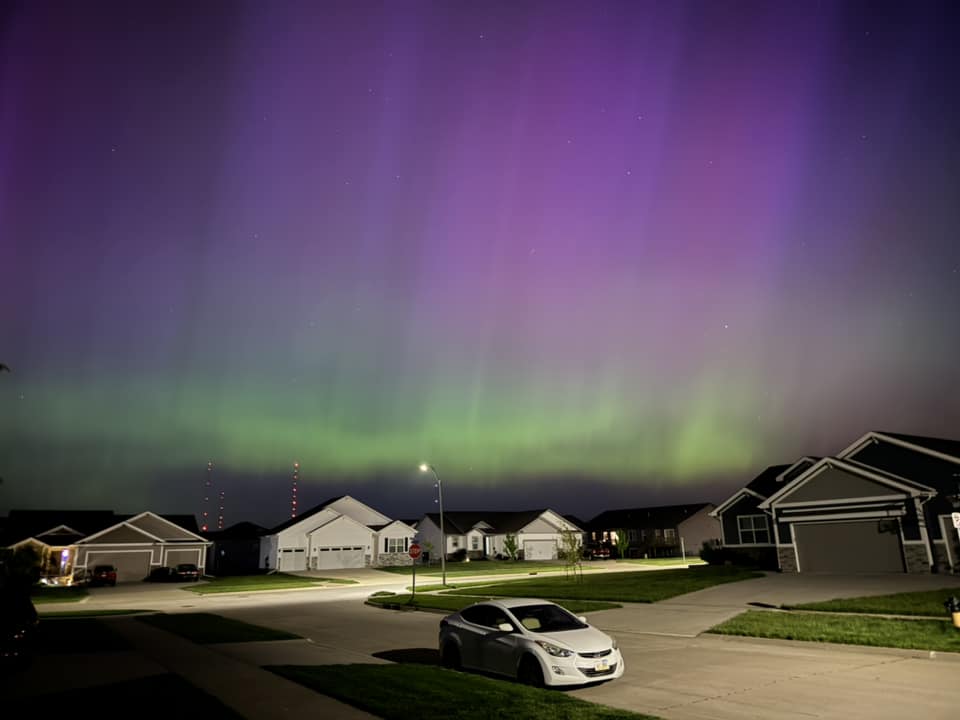 |
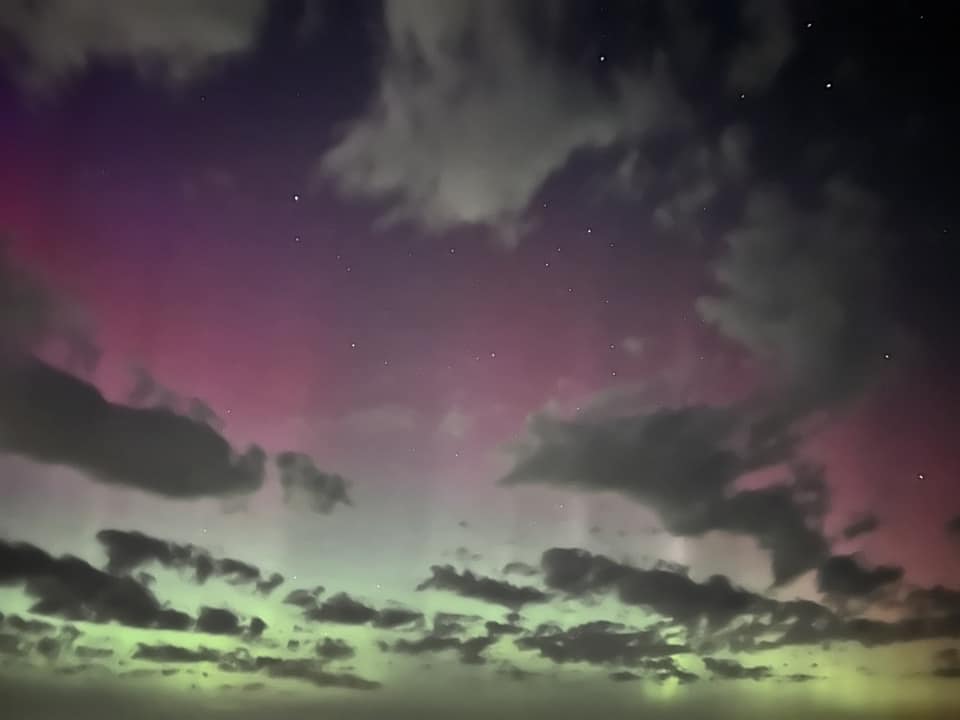 |
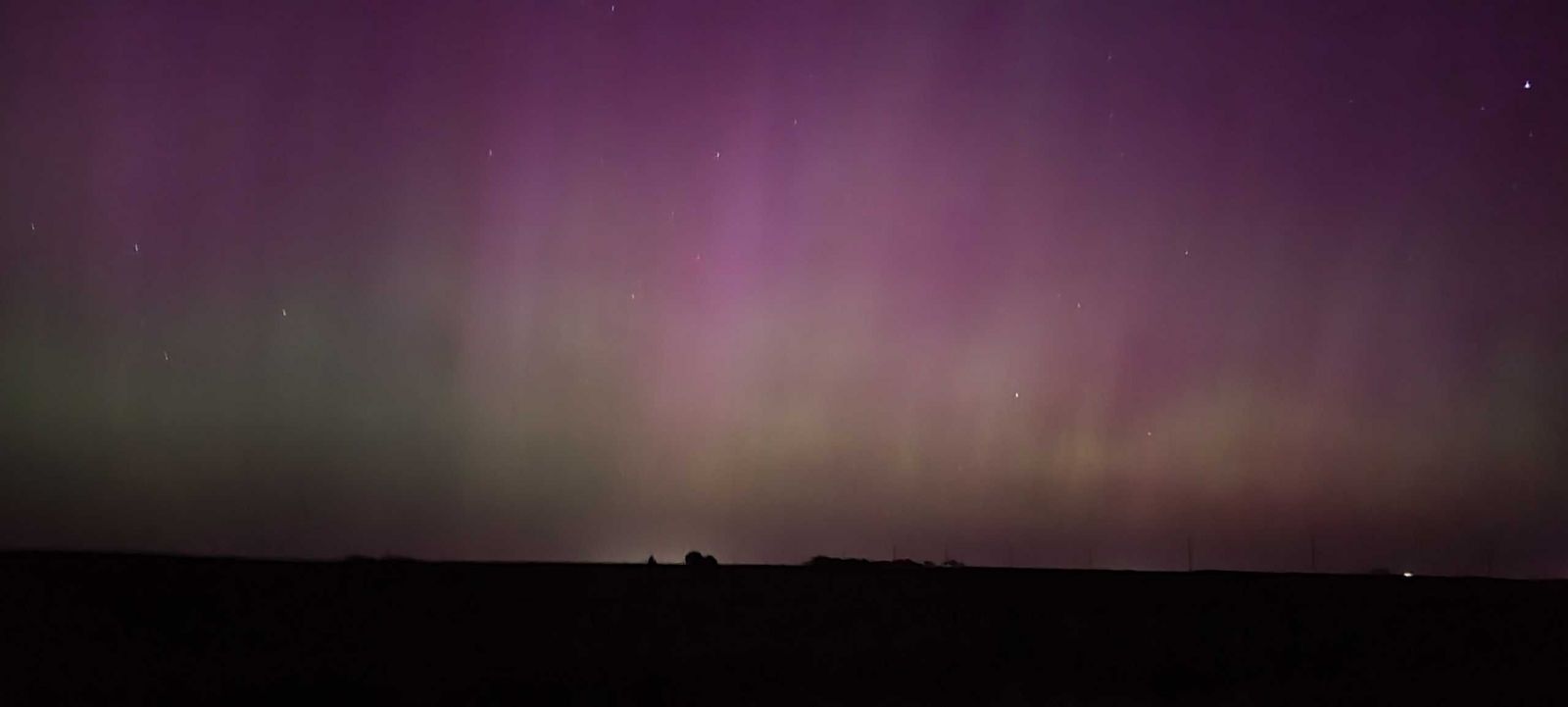 |
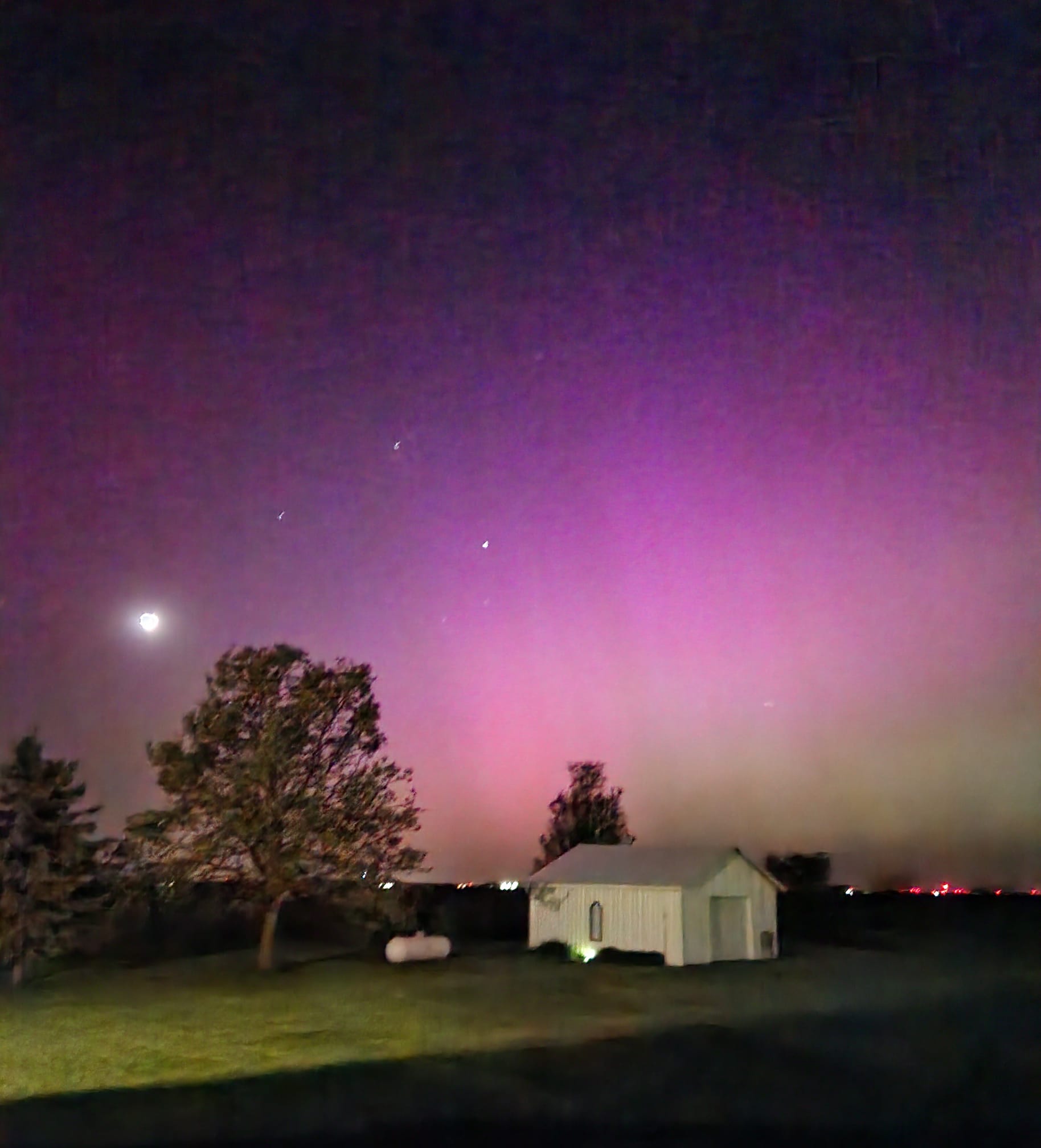 |
| Ankeny (Photo Credit: Kristin Smith) |
Audubon (Photo Credit: Holly Blazek) |
Bagley (Photo Credit: Jeremy Cooper/Adair & Guthrie County Emergency Managementt) |
Baxter (Photo Credit: Julie McWhirter) |
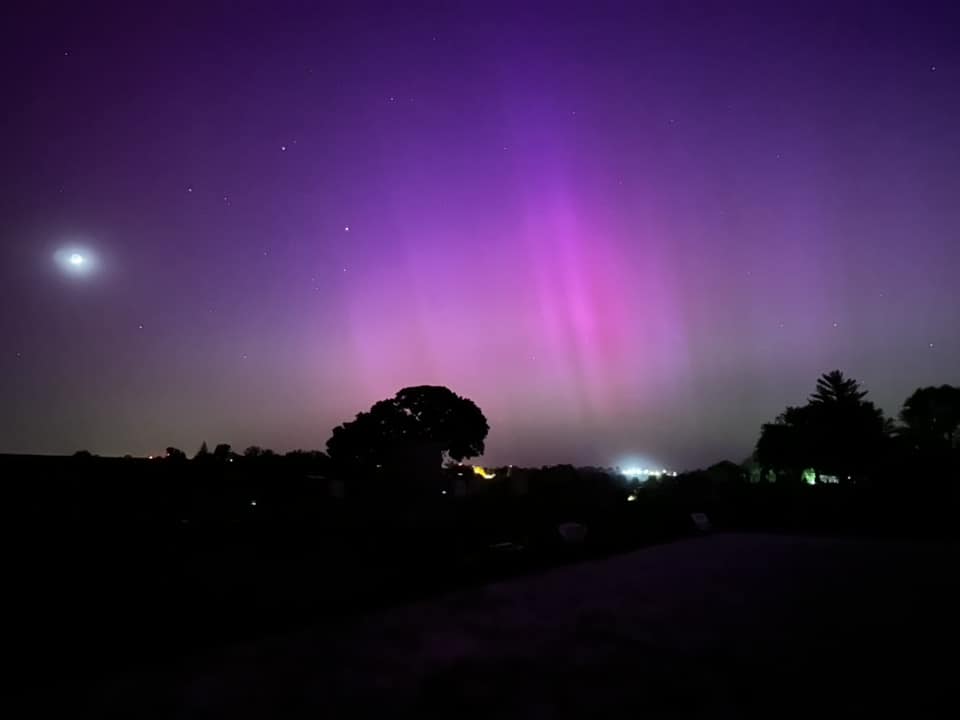 |
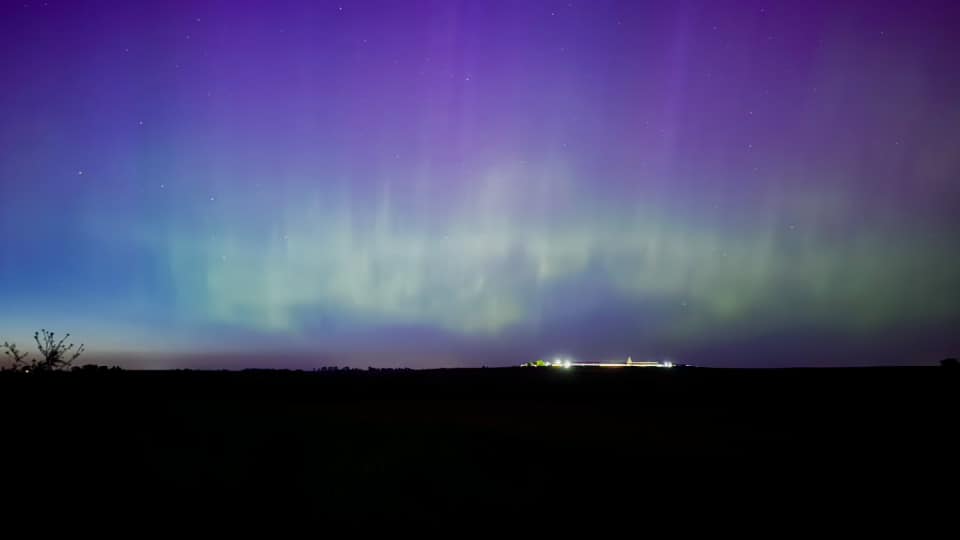 |
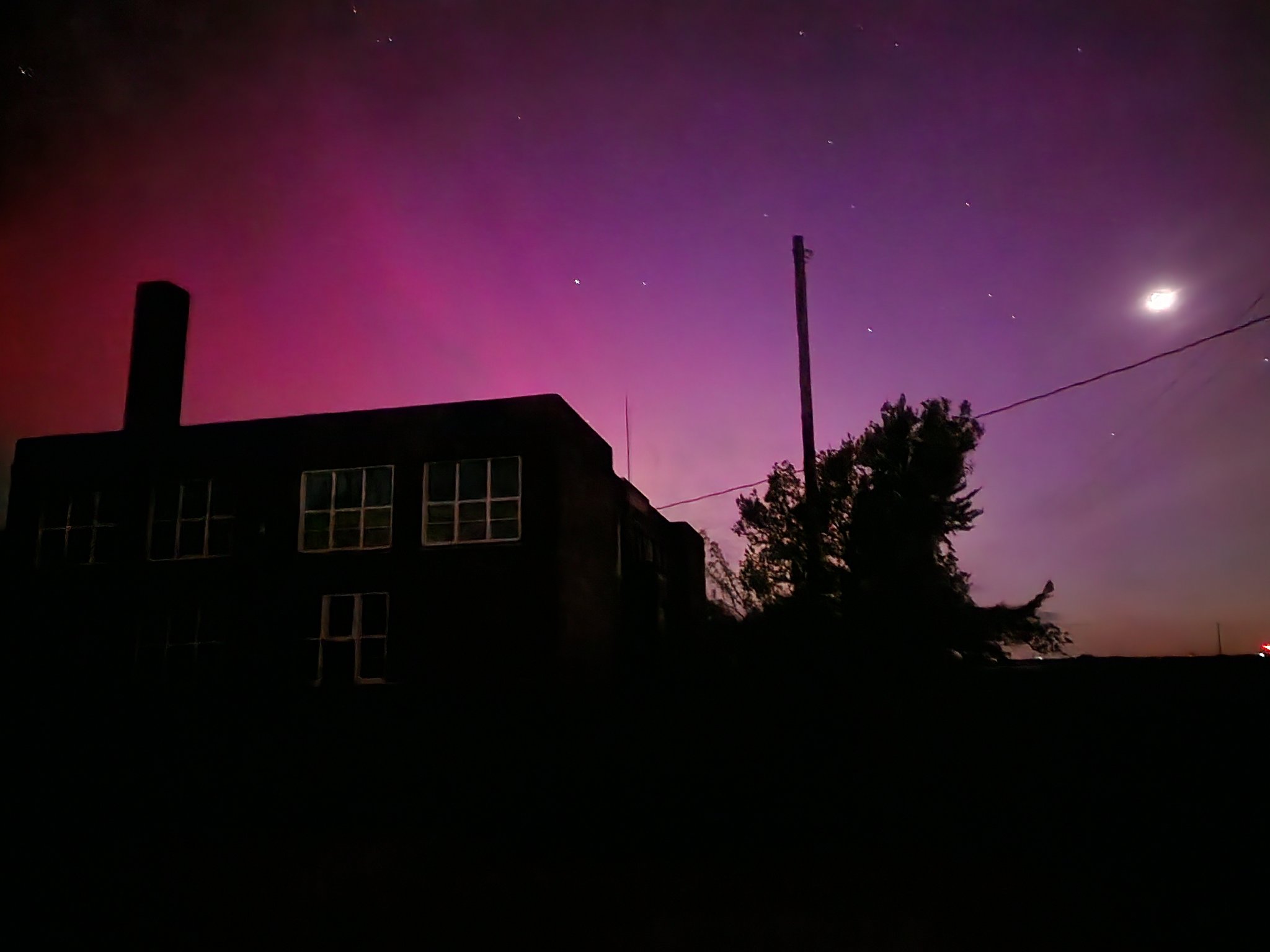 |
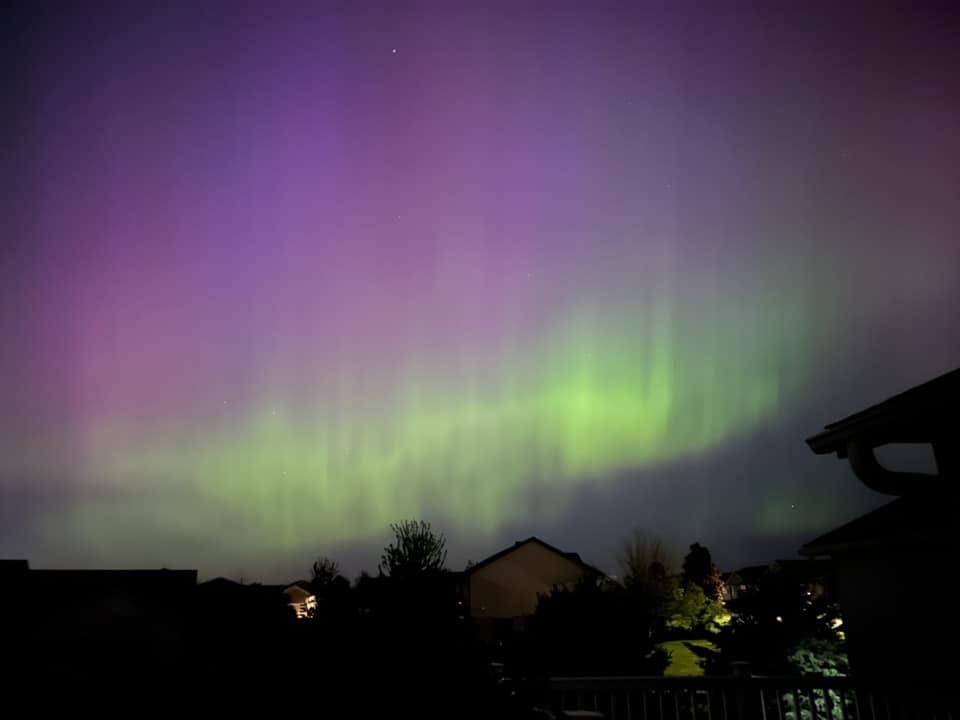 |
| Bedford (Photo Credit: Erin Hardee) |
Brooklyn (Photo Credit: Rachel Lakose) |
Cambria (Photo Credit: Greg Watsabaugh) |
Carroll (Photo Credit: Tina Wiederien Meiers) |
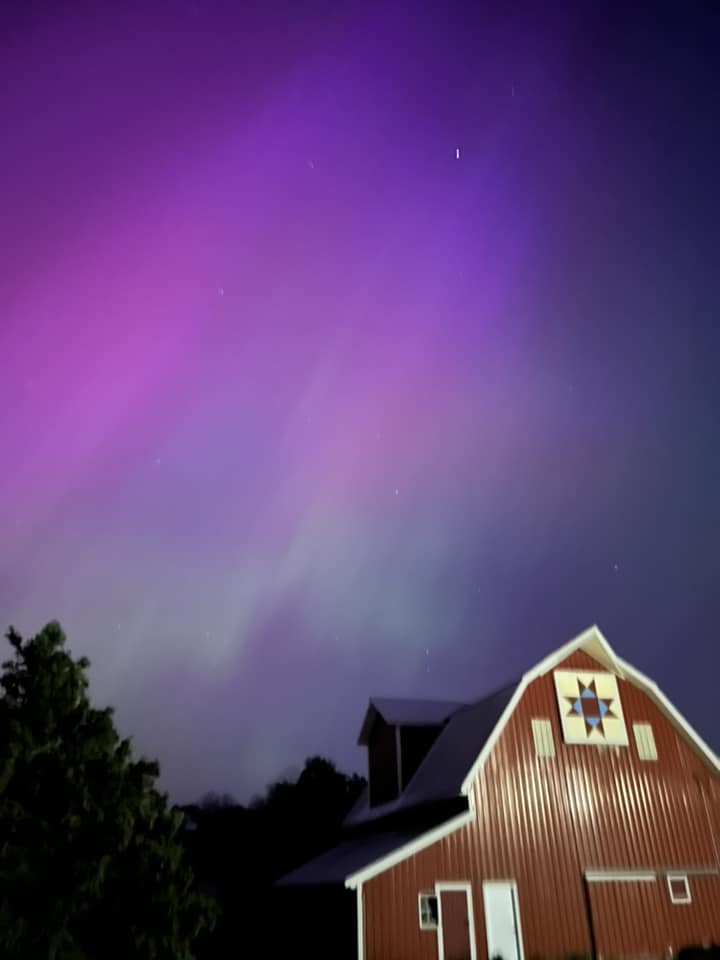 |
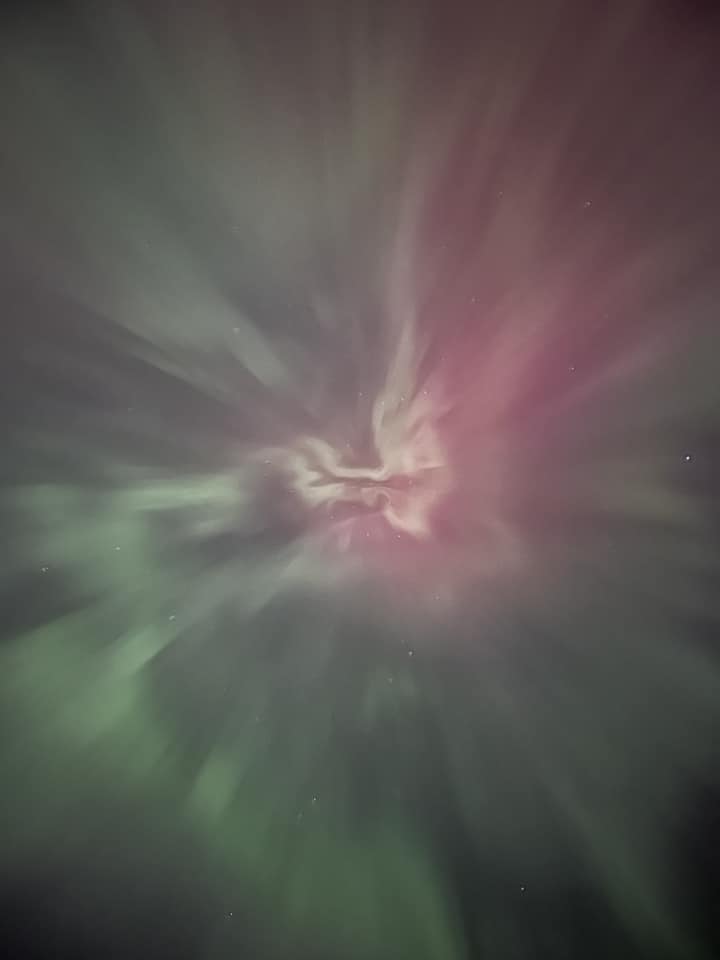 |
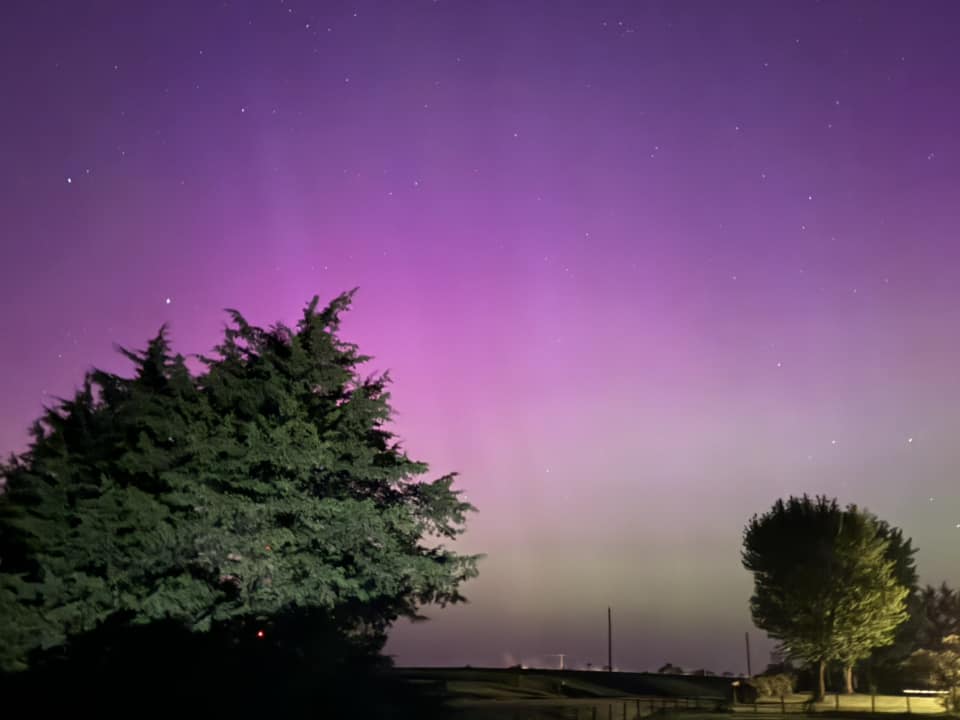 |
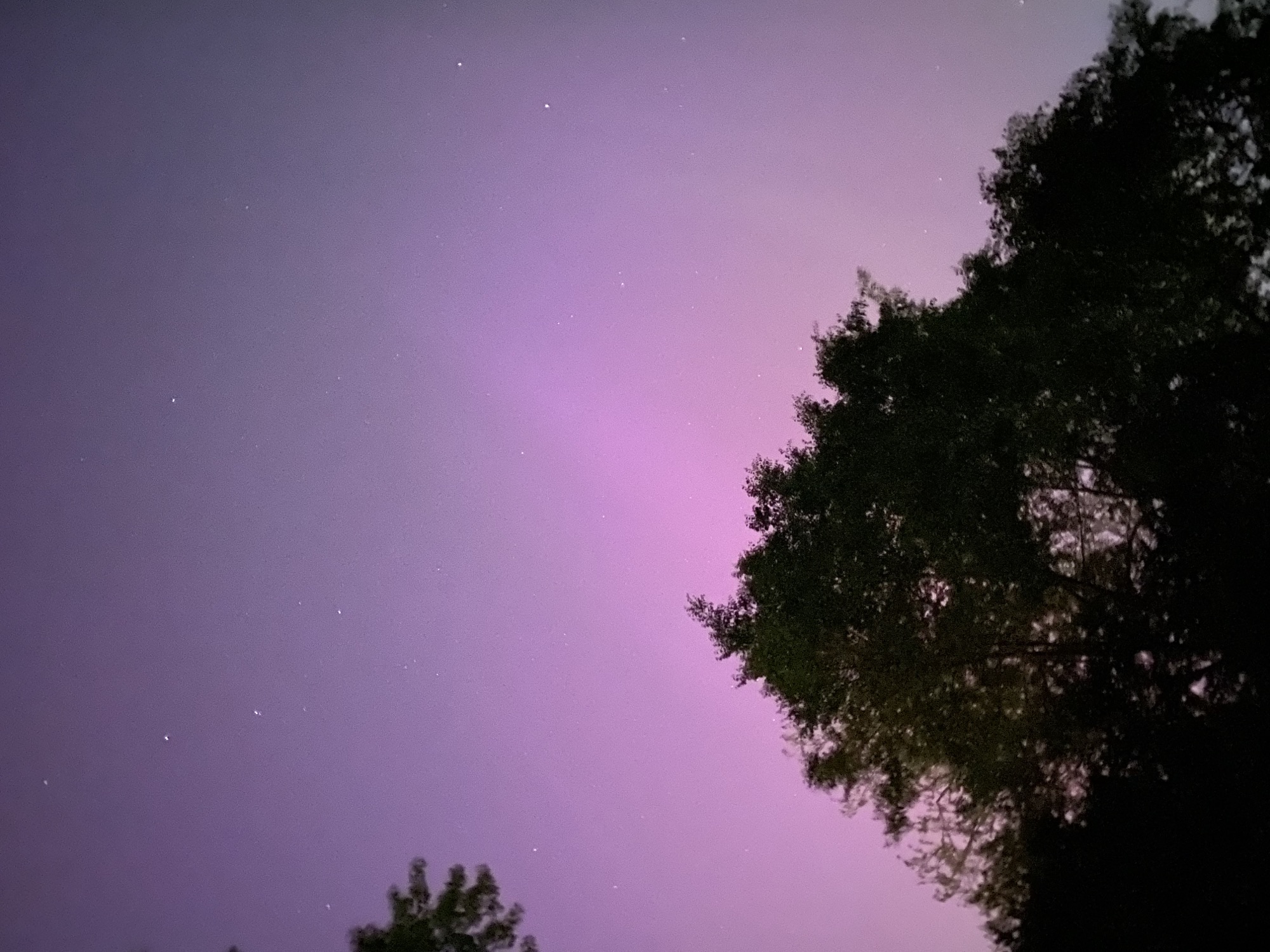 |
| Clarksville (Photo Credit: Lucille Leerhoff) |
Dallas Center (Photo Credit: Erin Scott) |
Decatur (Photo Credit: Heather Kimmel) |
Des Moines (Photo Credit: Ashley Bury) |
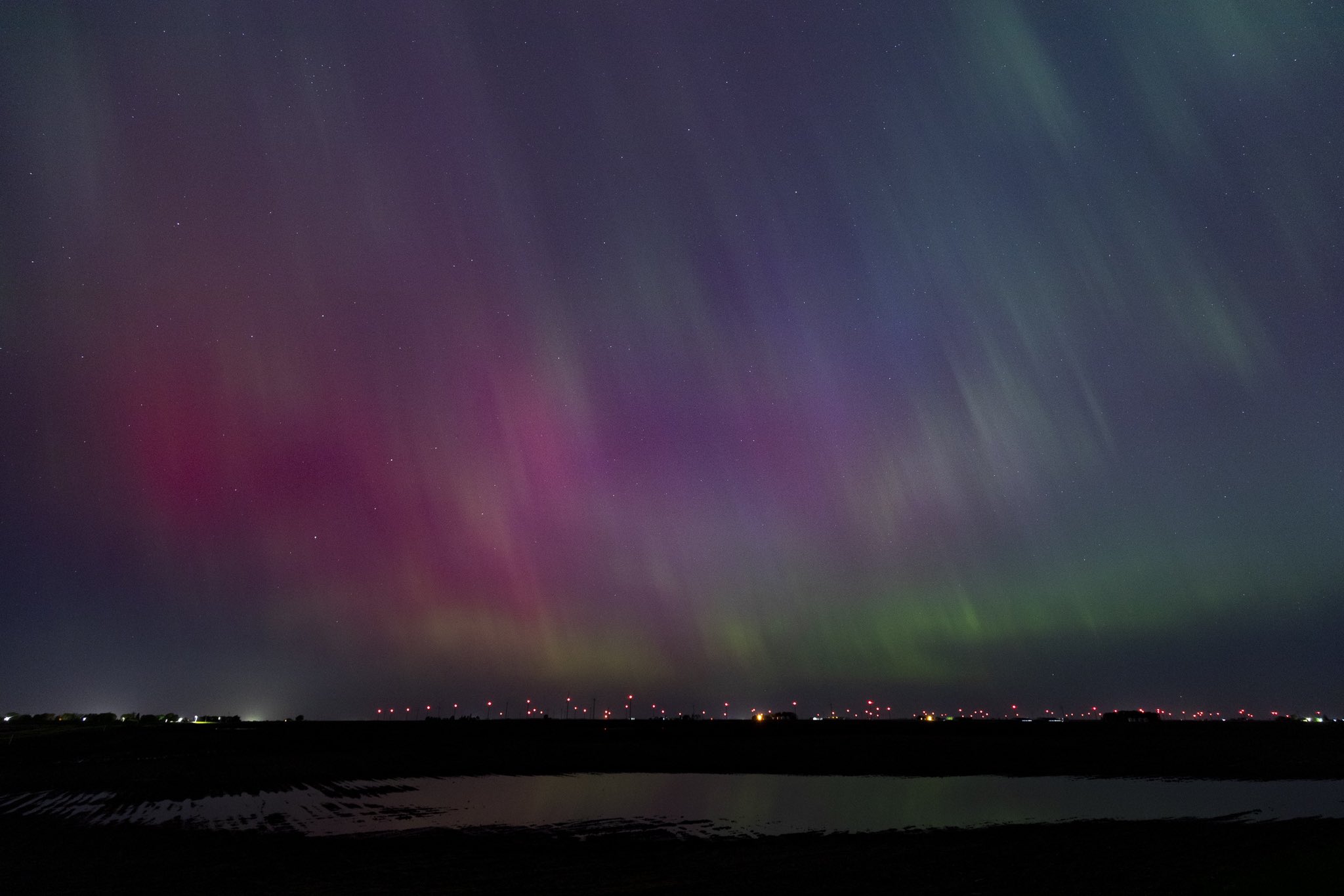 |
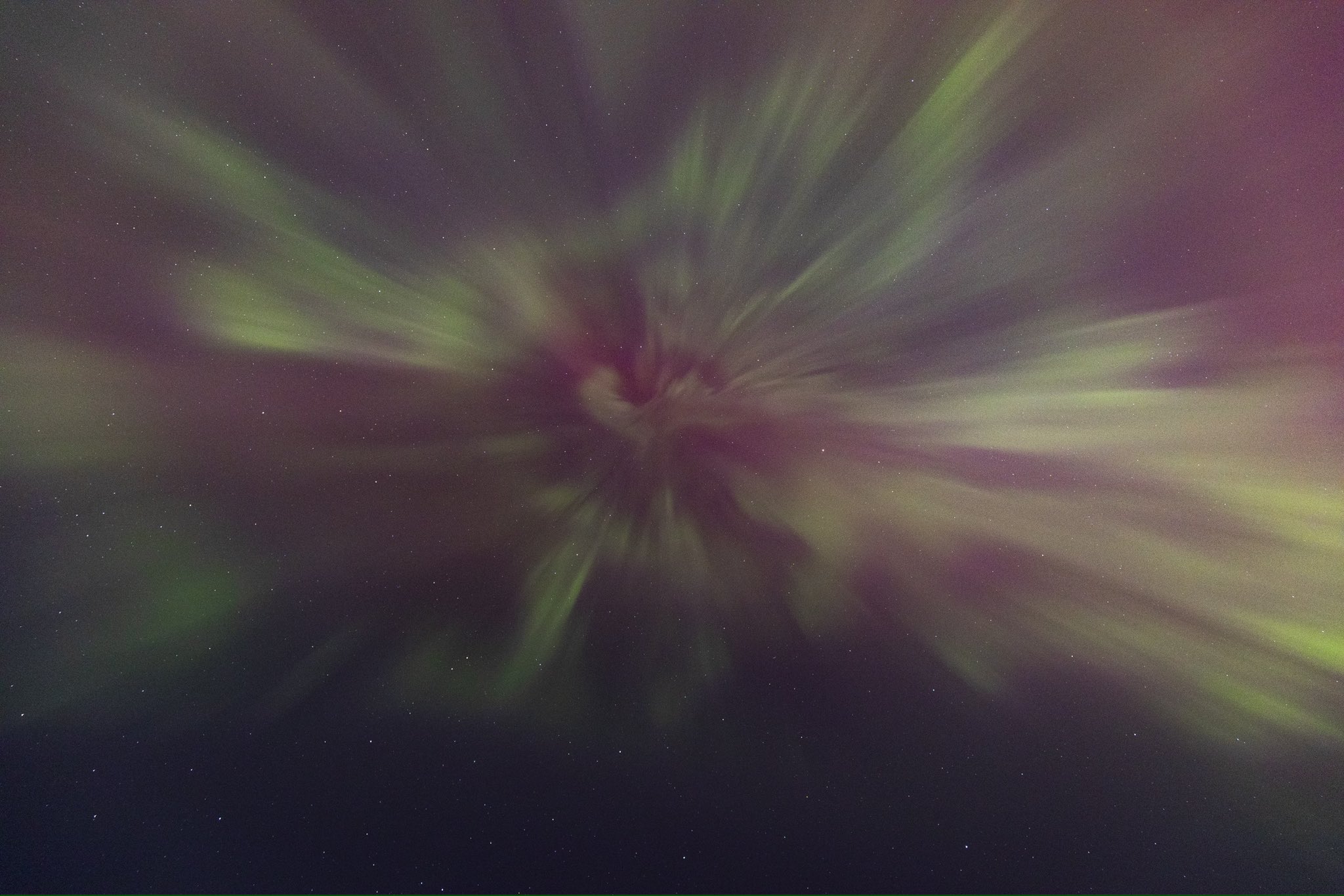 |
 |
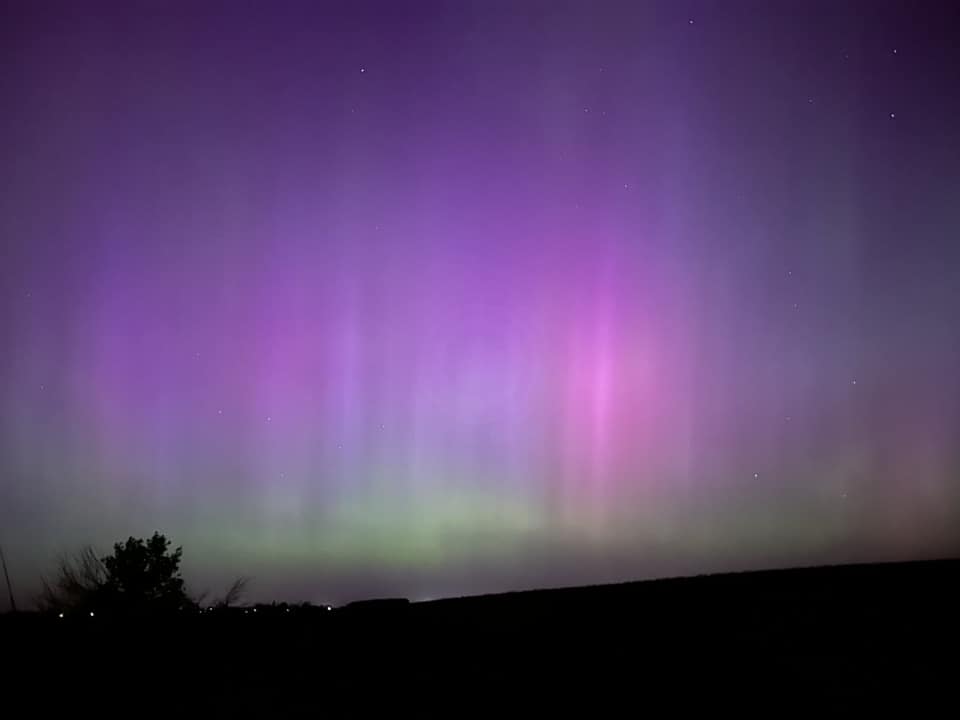 |
| Dows (Photo Credit: Clarence Smith) |
Dows (Photo Credit: Clarence Smith) |
Dubuque (Photo Credit: Brittany Lynn) |
Emmesburg (Photo Credit: Kim Williams) |
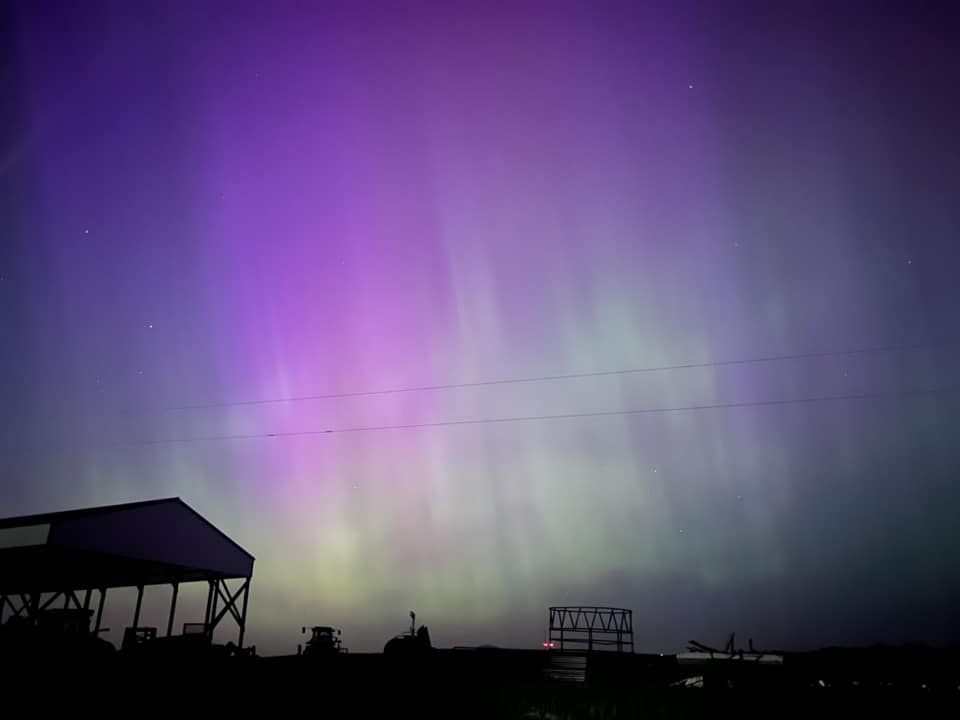 |
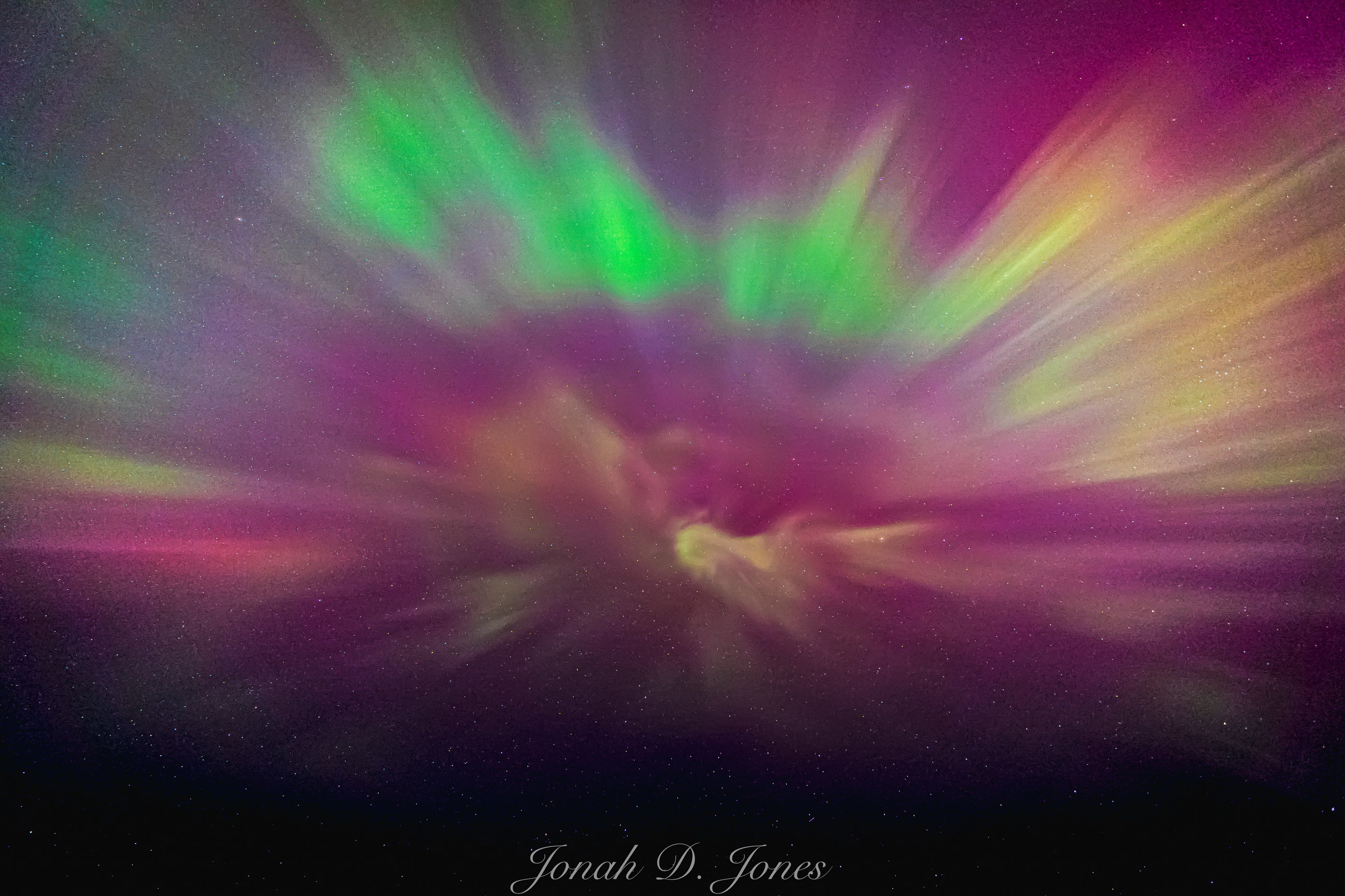 |
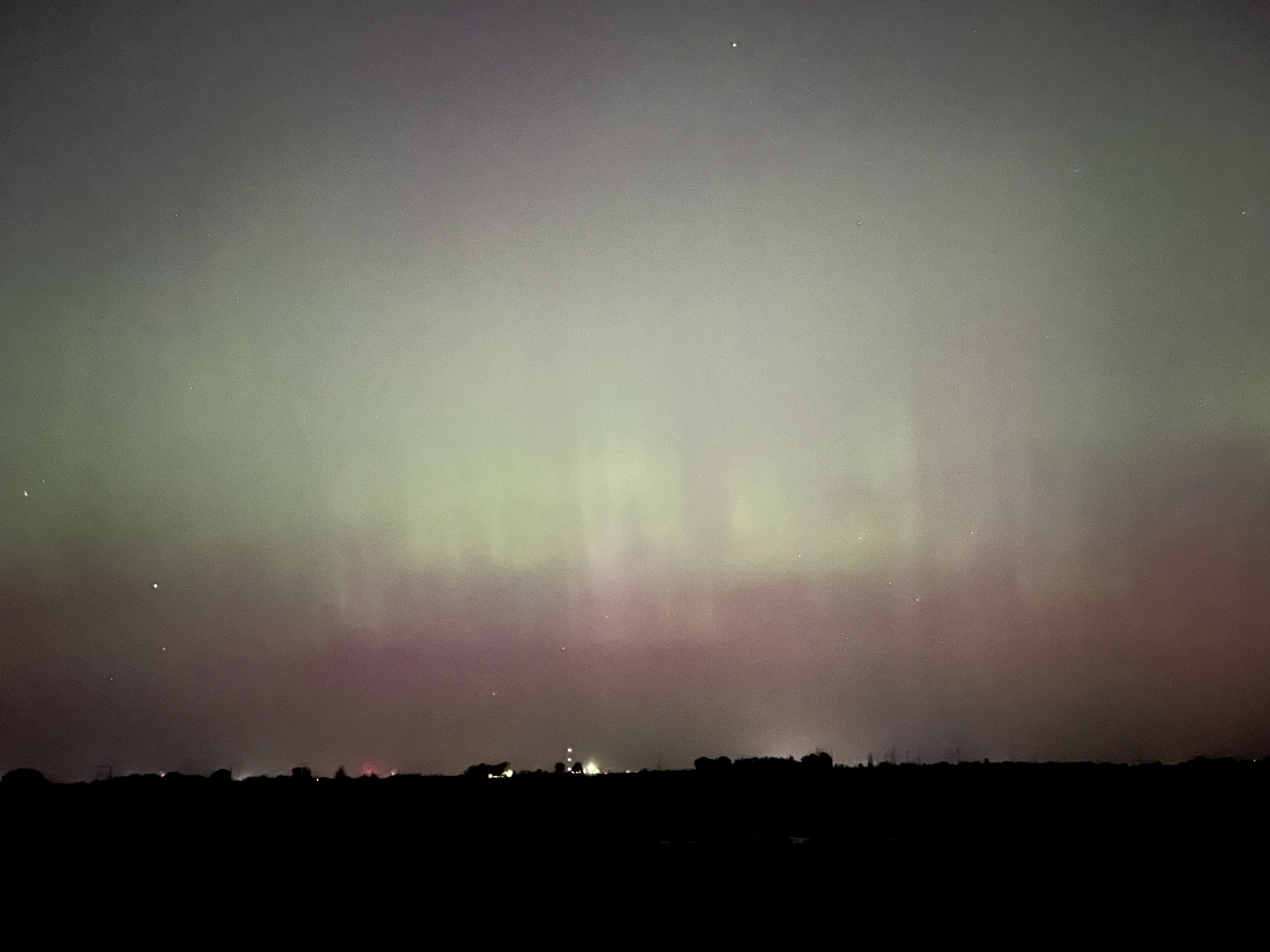 |
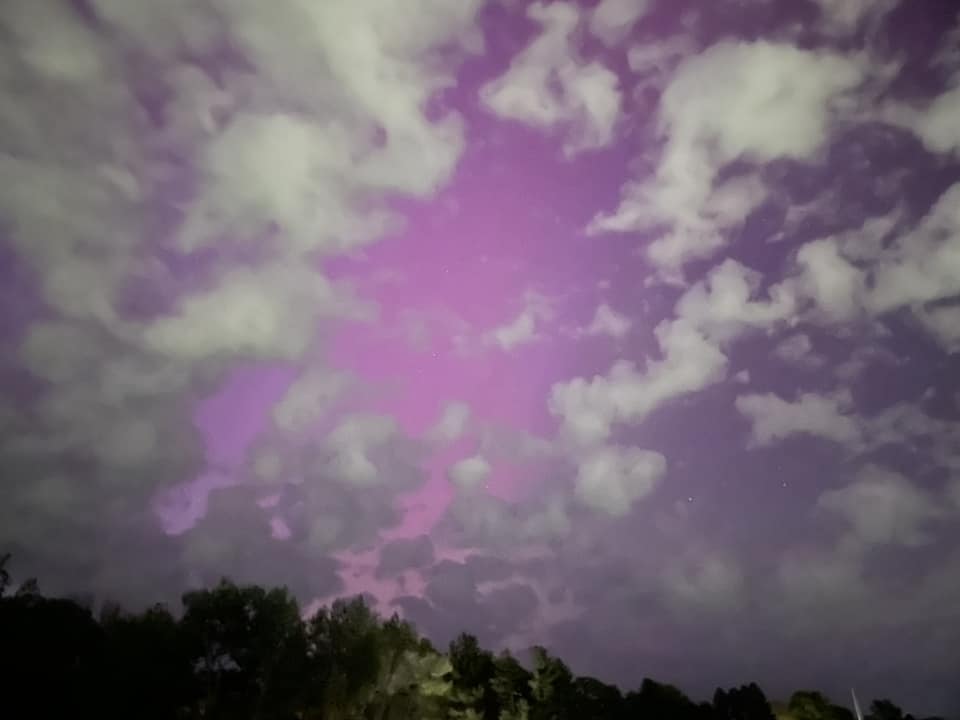 |
| Garwin (Photo Credit: Brooke Michele) |
Grand Junction (Photo Credit: Jonah Jones) |
Granger (Photo Credit: Andrew Ansorge) |
Iowa City (Photo Credit: Patty Teigen) |
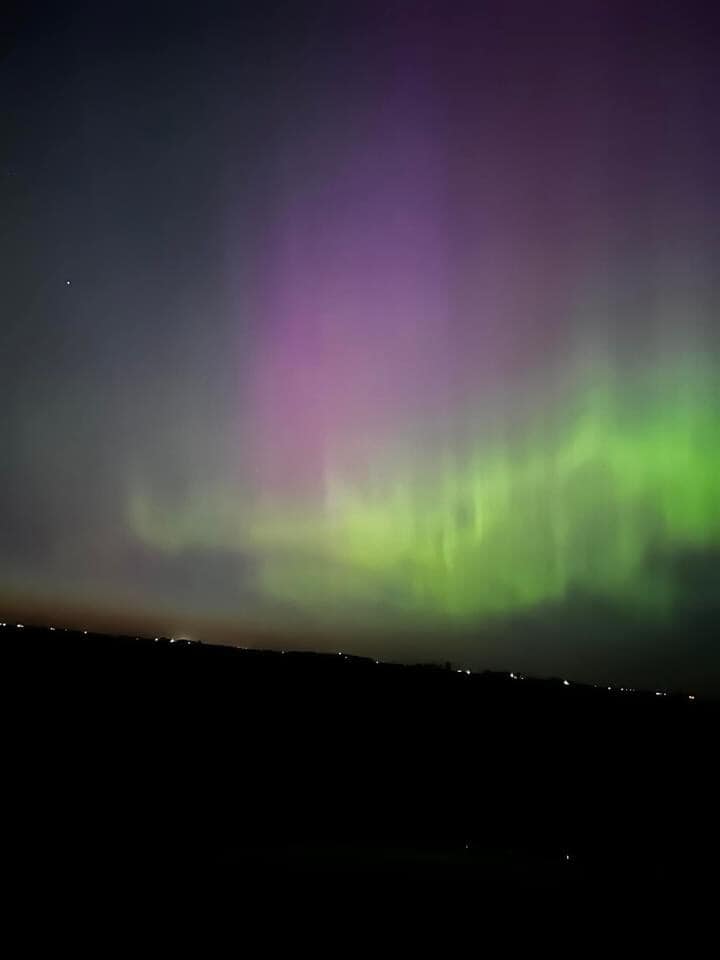 |
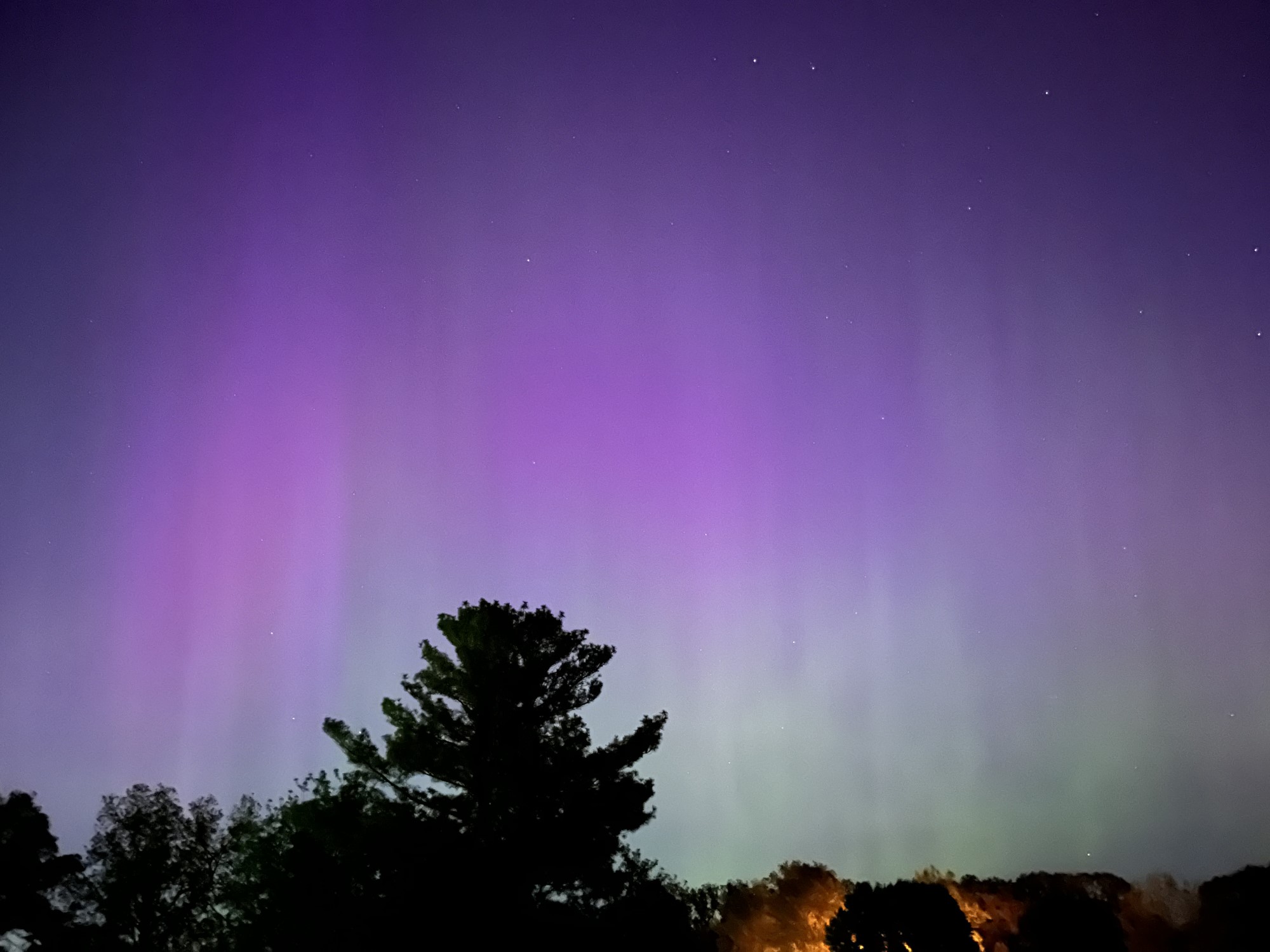 |
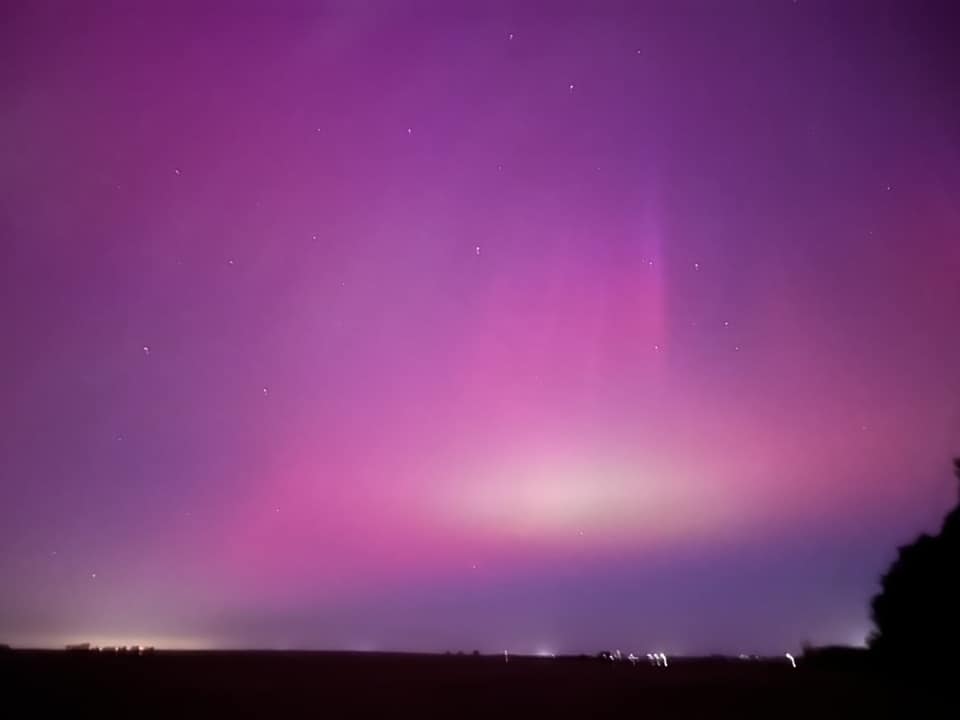 |
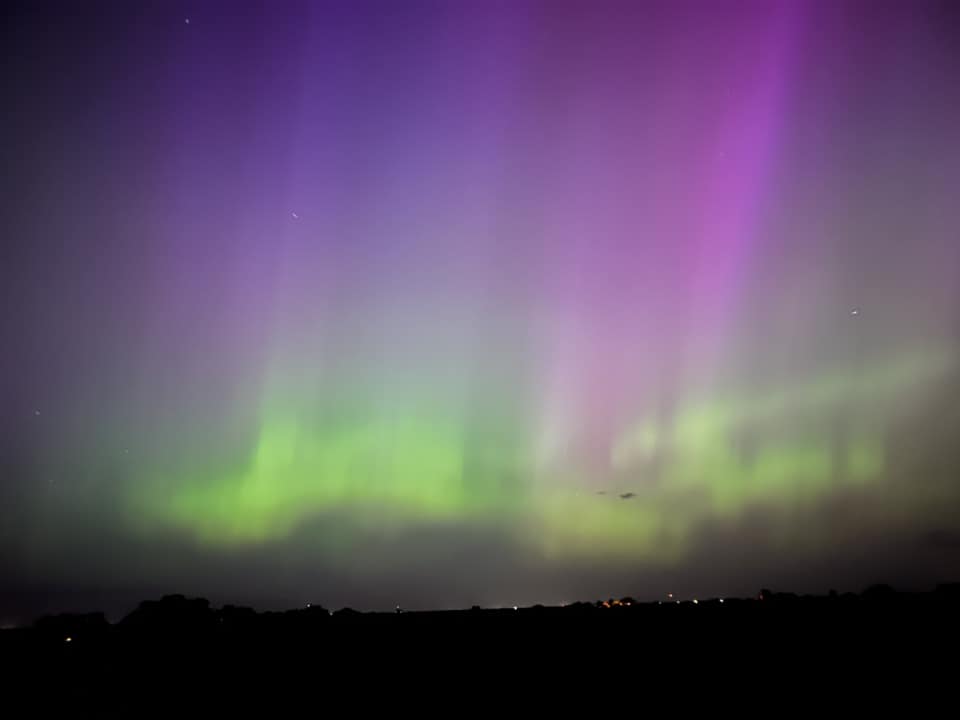 |
| Jewell (Photo Credit: Jaci Edeker) |
Johnston - NWS Des Moines (Photo Credit: NWS Des Moines) |
Lanesboro (Photo Credit: Marissa Rothmeyer) |
La Porte City (Photo Credit: Lani Hill) |
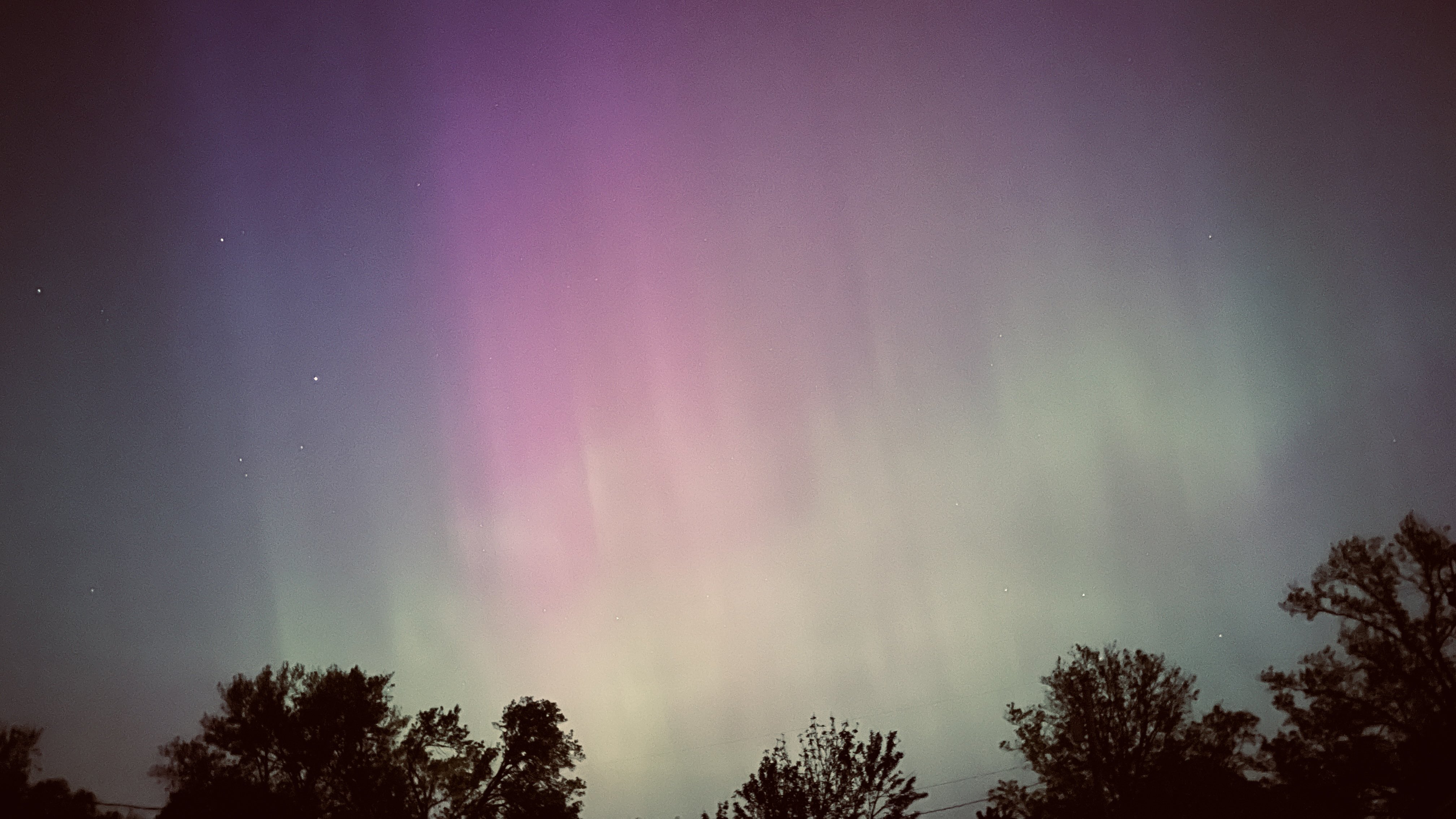 |
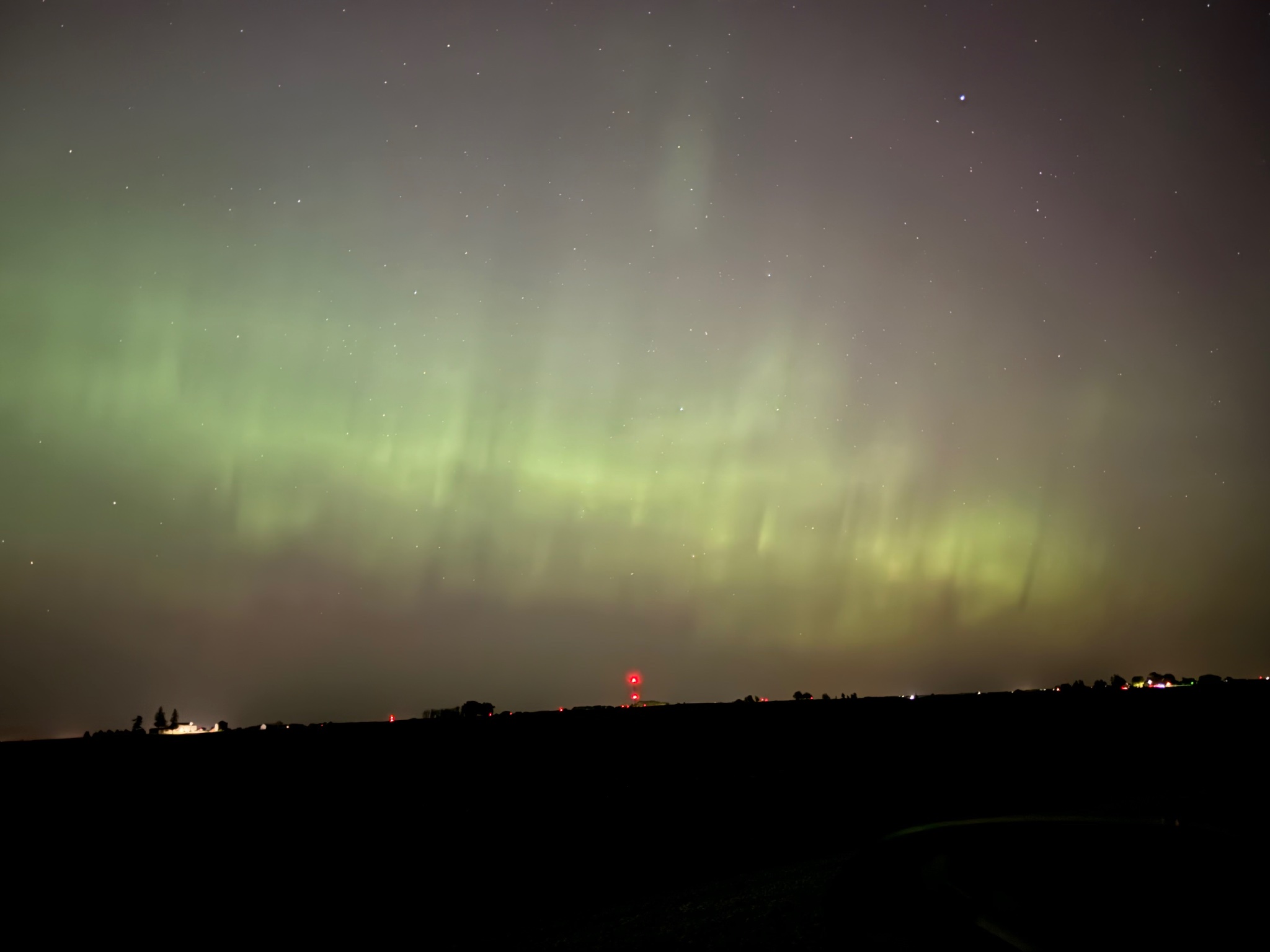 |
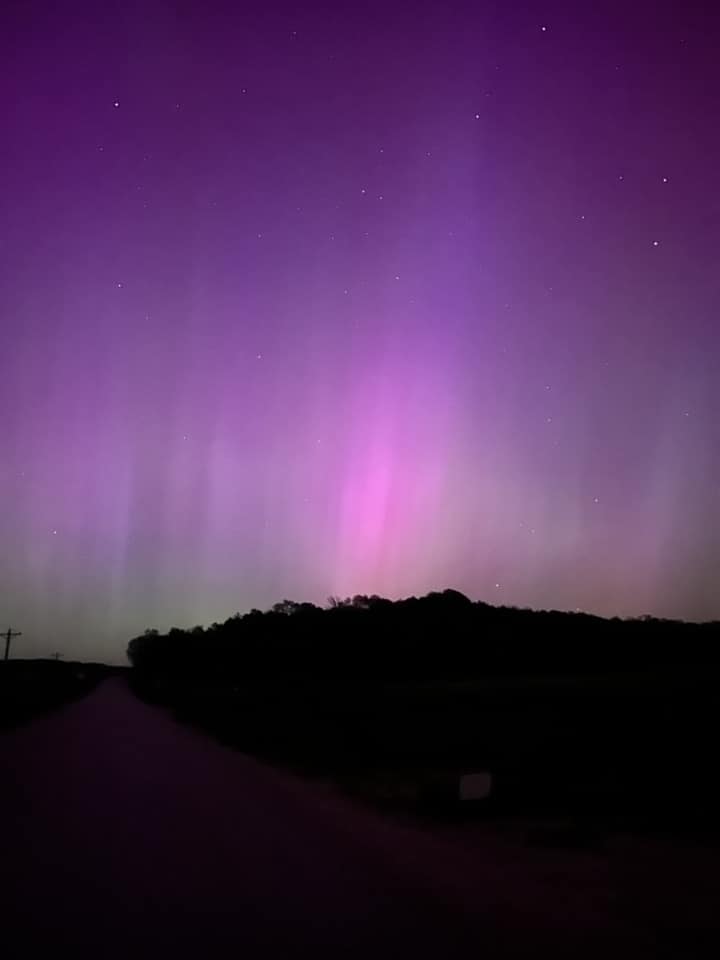 |
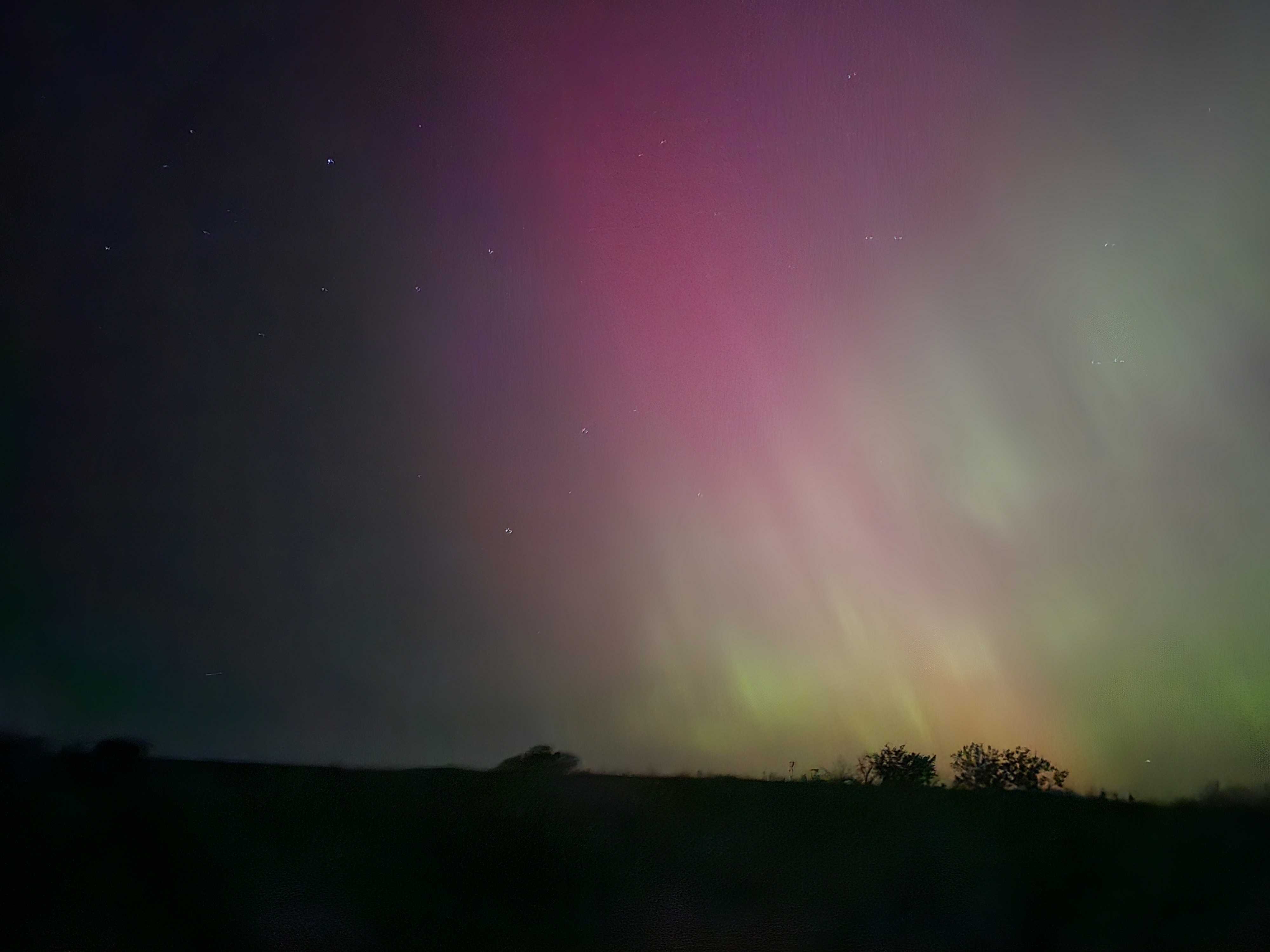 |
| Marshalltown (Photo Credit: Brandon Lewis) |
Maxwell (Photo Credit: Paige Sybesma) |
Mondamin (Photo Credit: Cait Caughey) |
Mount Ayr (Photo Credit: Melissa Stark/Ringgold County Emergency Management) |
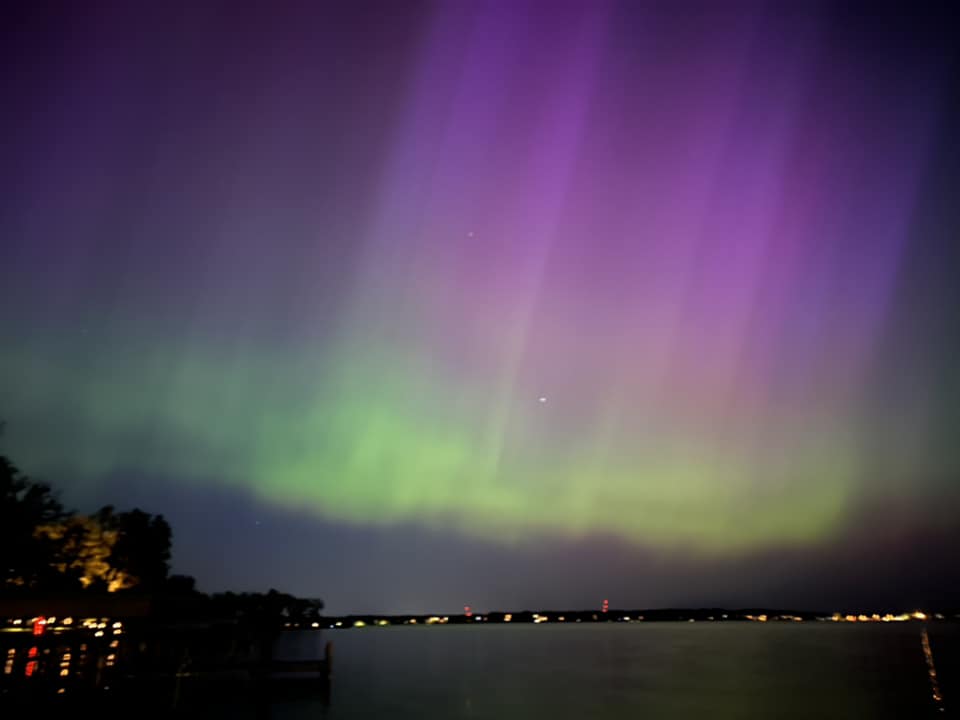 |
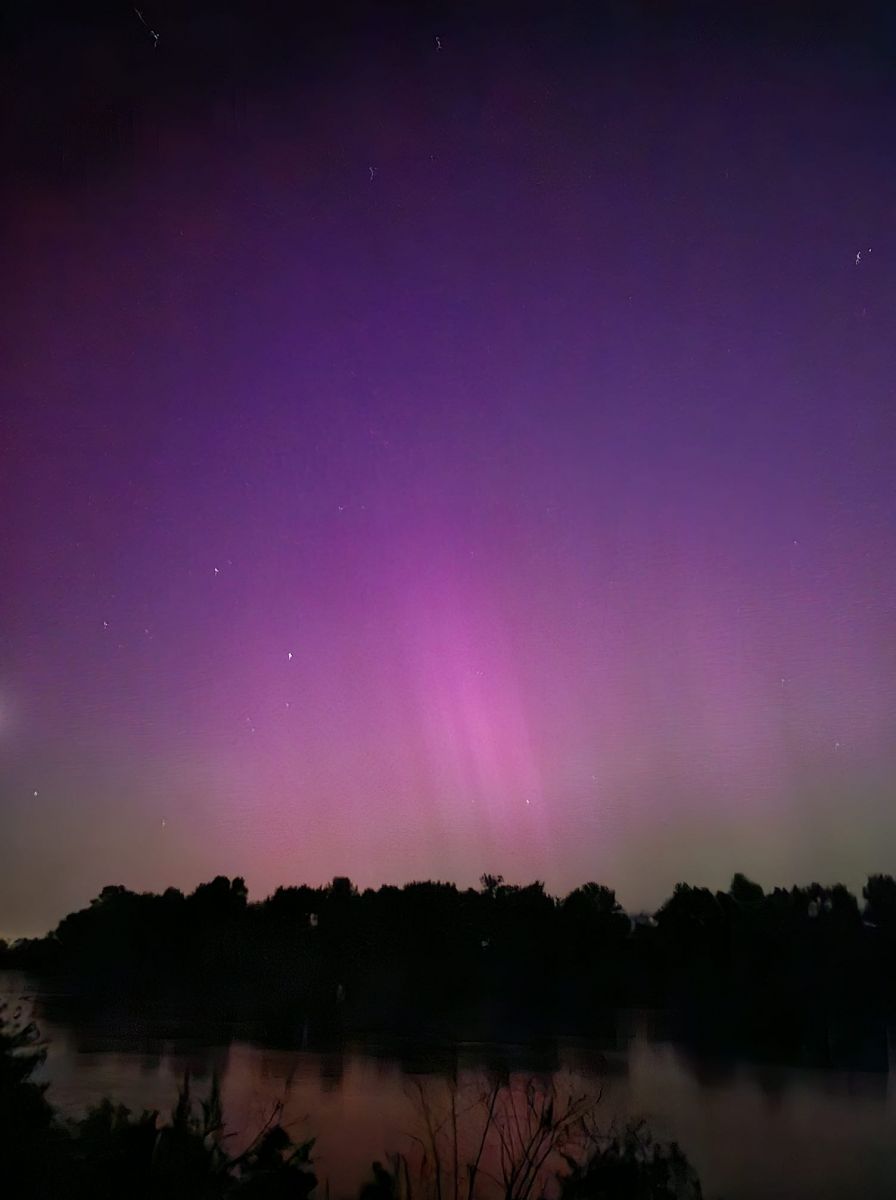 |
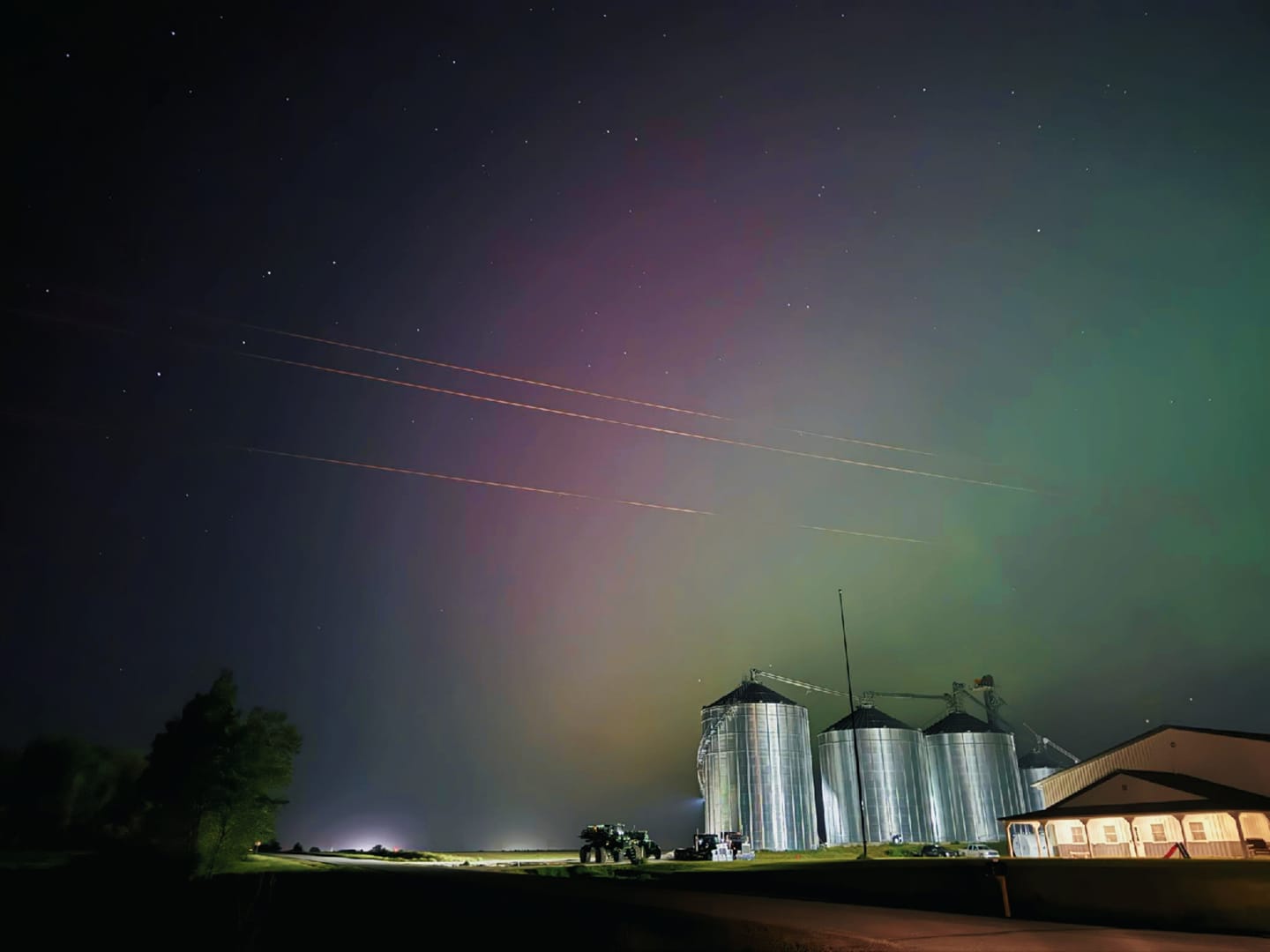 |
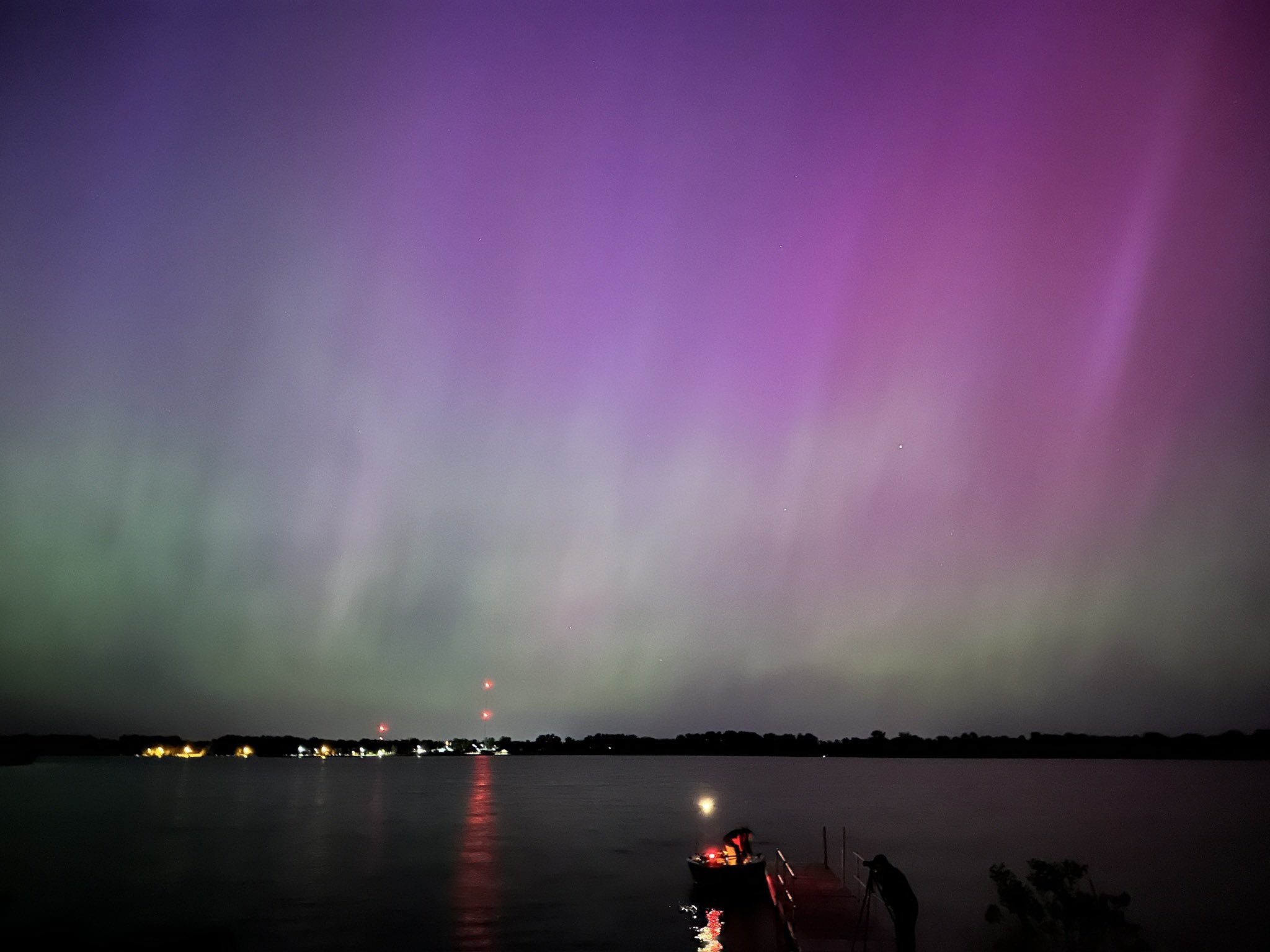 |
| Okoboji (Photo Credit: Monica Harden) |
Oskaloosa with Des Moines River (Photo Credit: Elisabeth Warner) |
Ottumwa (Photo Credit: Sarah Nicole Moore) |
Polk City/Big Creek (Photo Credit: Matt Beatty) |
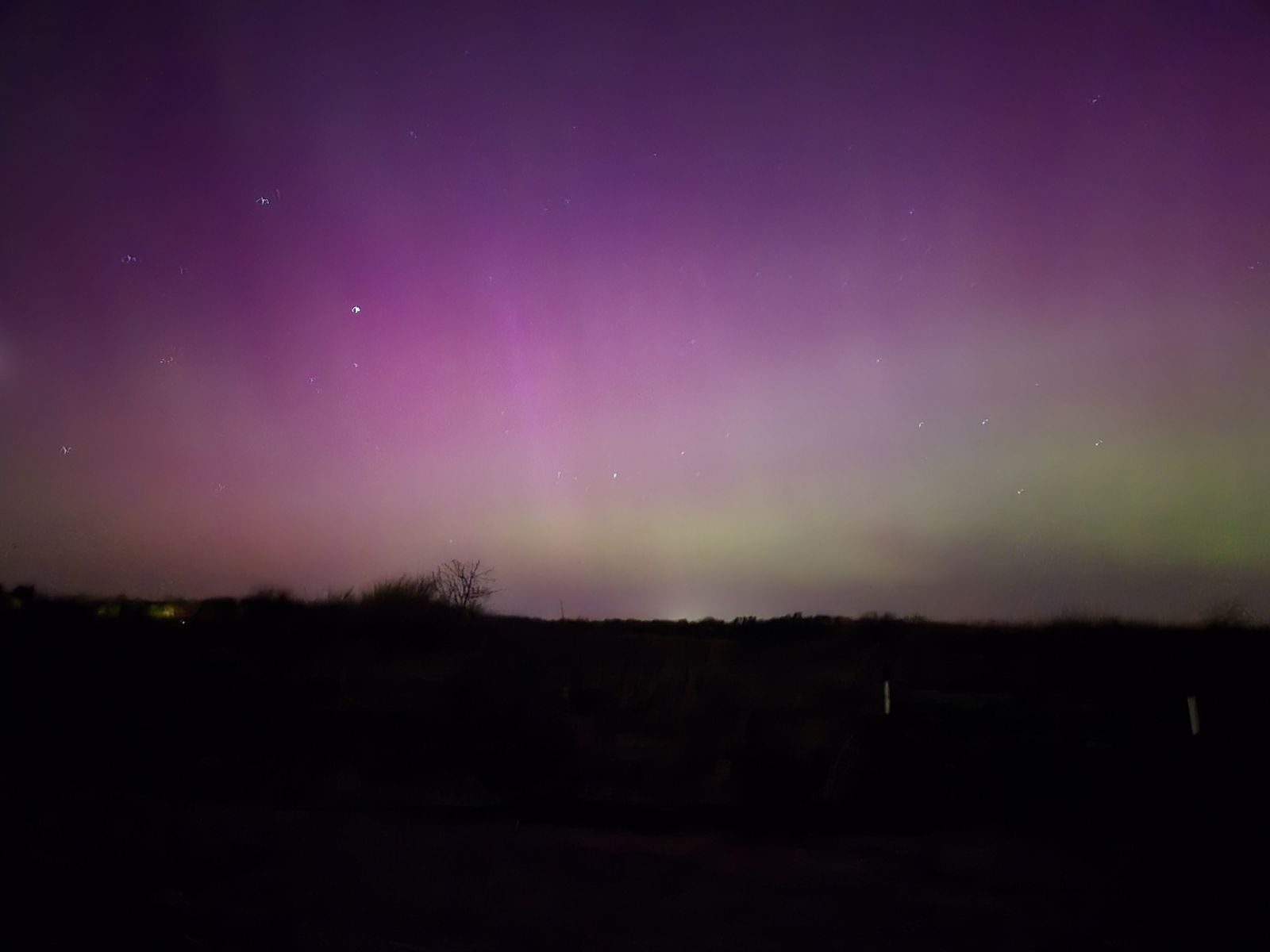 |
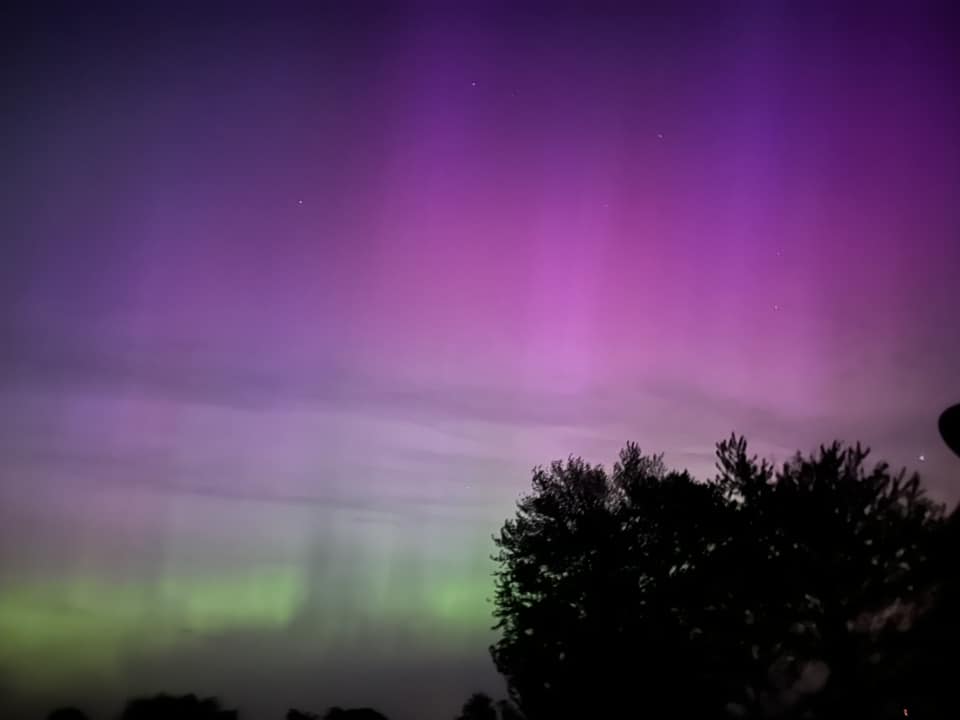 |
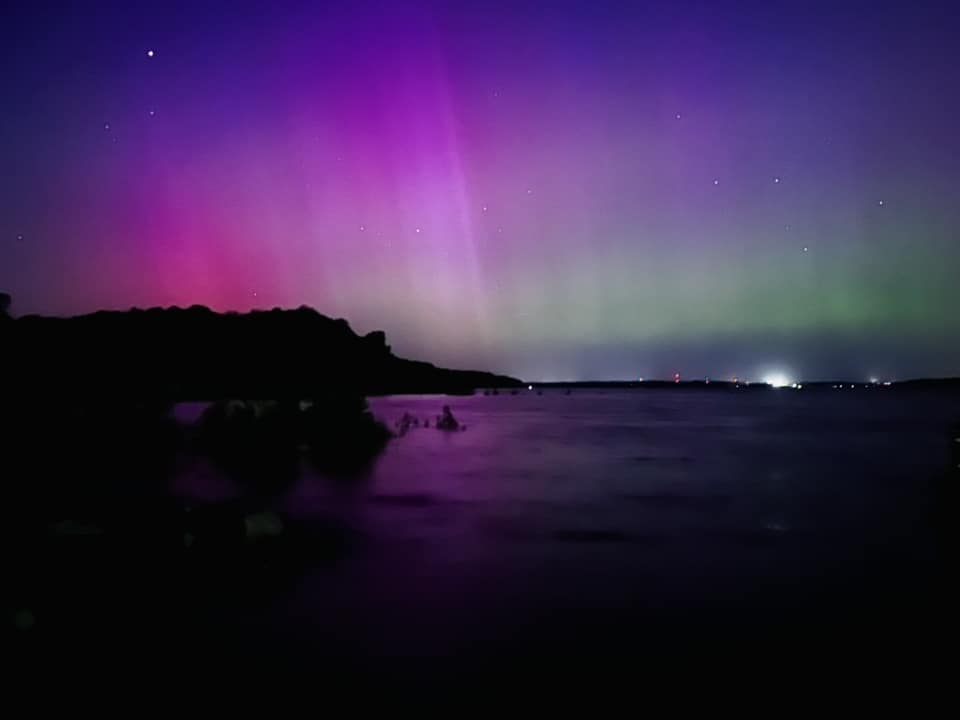 |
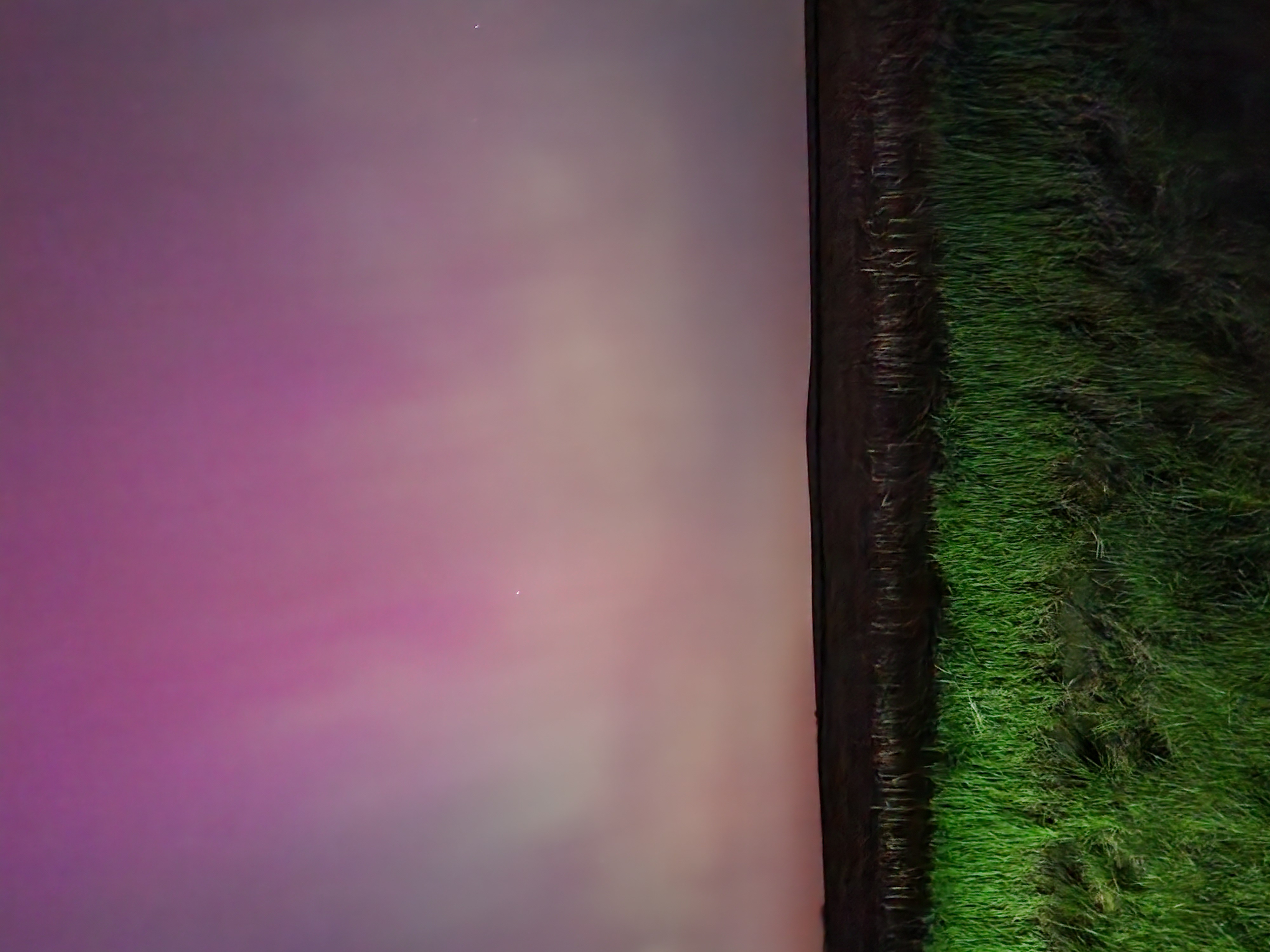 |
| Polk City/Big Creek (Photo Credit: Mike Fowle) |
Promise City (Photo Credit: Shawna Hopkins) |
Saylorville Lake (Photo Credit: Christian Bohnsack) |
Shedahl (Photo Credit: Brad Small) |
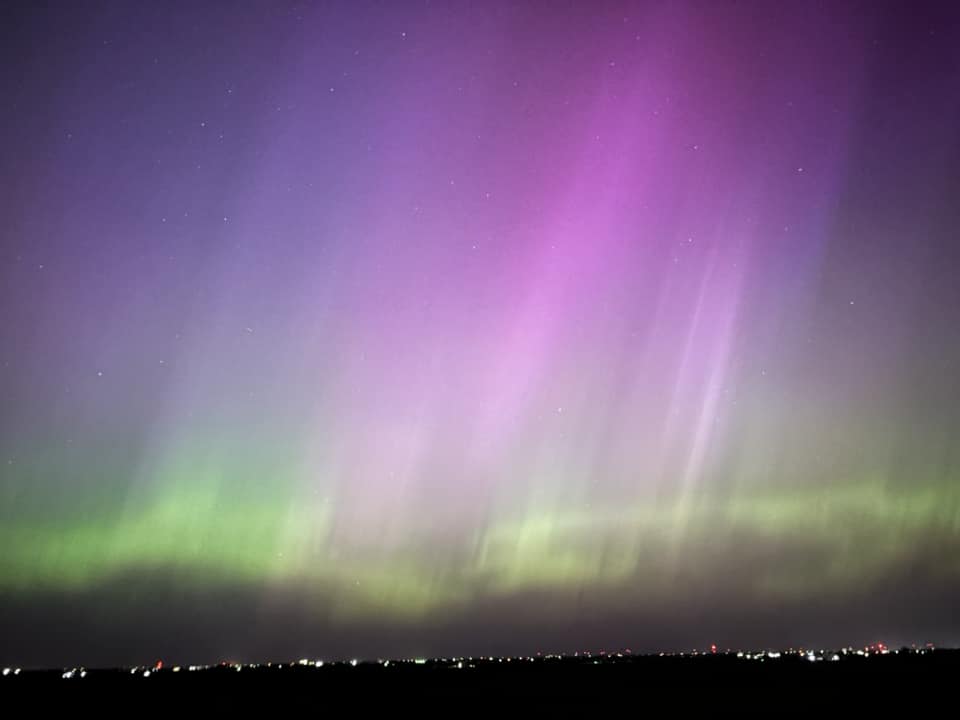 |
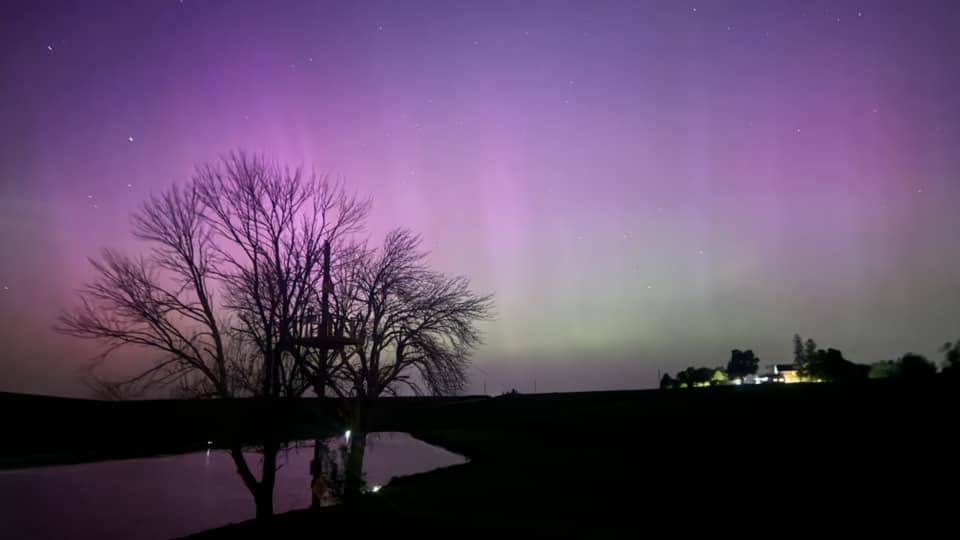 |
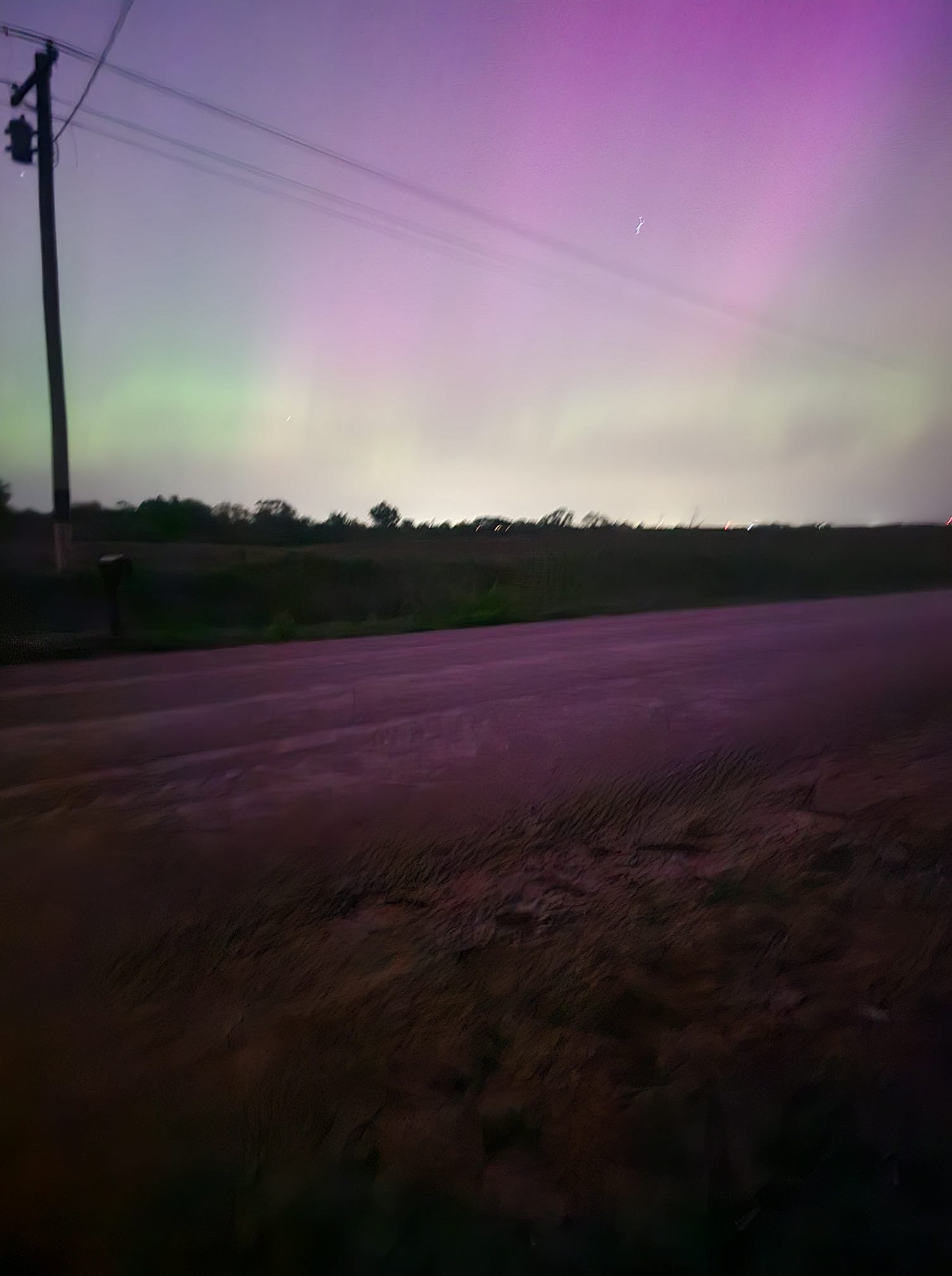 |
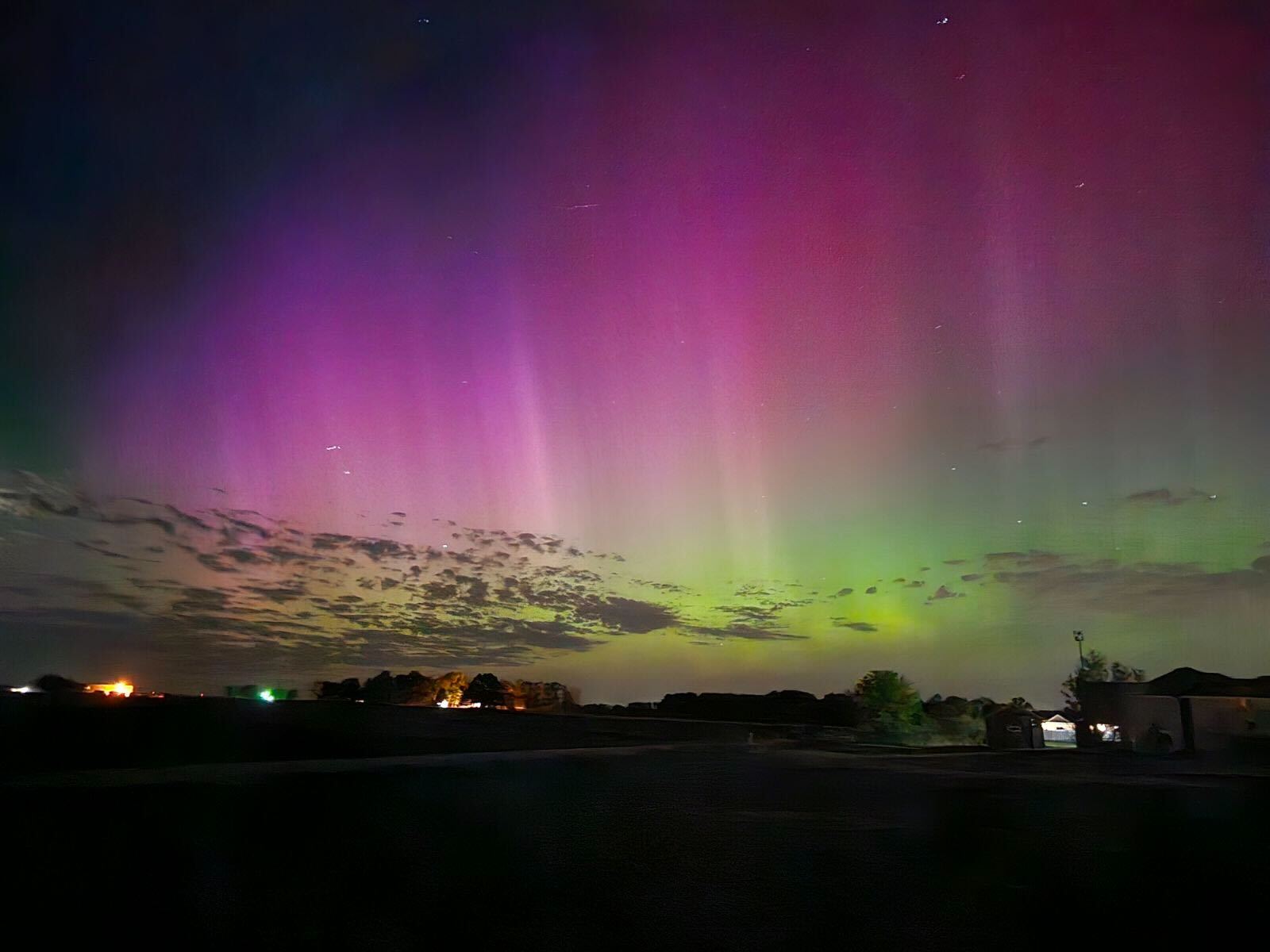 |
| Story City (Photo Credit: Katy Charlson) |
Traer (Photo Credit: Christi Hulme) |
Winterset (Photo Credit: Sarah Kneedler) |
Winterset (Photo Credit: Diogenes Ayala/Madison County Emergency Management) |
Videos
Decorah, IA - Courtesy of the Iowa Environmental Mesonet
Fayette, IA - Courtesy of the Iowa Environmental Mesonet
ESA/NASA Solar and Heliospheric Observatory (SOHO)
From ESA's YouTube Channel: Over the weekend of 10–12 May 2024, Earth was struck by the largest solar storm in more than a decade. While many of us enjoyed colourful auroras lighting up Earth’s protective atmosphere, spacecraft had to endure being buffeted by incredibly strong solar winds and electromagnetic radiation.
Positioned between the Sun and Earth, the ESA/NASA Solar and Heliospheric Observatory (SOHO) caught the entire solar outburst on camera. The Sun can be seen spewing out clouds of particles, with an extremely large burst sent to Earth on 11 May. The bright spots on the left and right are Jupiter and Venus.
This video was taken by SOHO’s LASCO instrument, a coronagraph made up of a telescope with a disc blocking the centre of view. By blocking out the direct light coming from the Sun, the instrument can see light from the surrounding corona.
SOHO is not the only ESA spacecraft studying solar activity and space weather. ESA’s Directorates of Science, Human and Robotic Exploration, Earth Observation, Operations, and Technology, Engineering and Quality all have missions and/or other activities directly connected with this topic. Together, they form the ESA Heliophysics observatory or more musically, ESA’s Heliophysics Orchestra. Credit: SOHO (European Space Agency - ESA & NASA)
Satellite
Polar orbiting satellites NOAA-20, NOAA-21, and S-NPP were able to capture the aurora as the satellites made their passes around Earth.
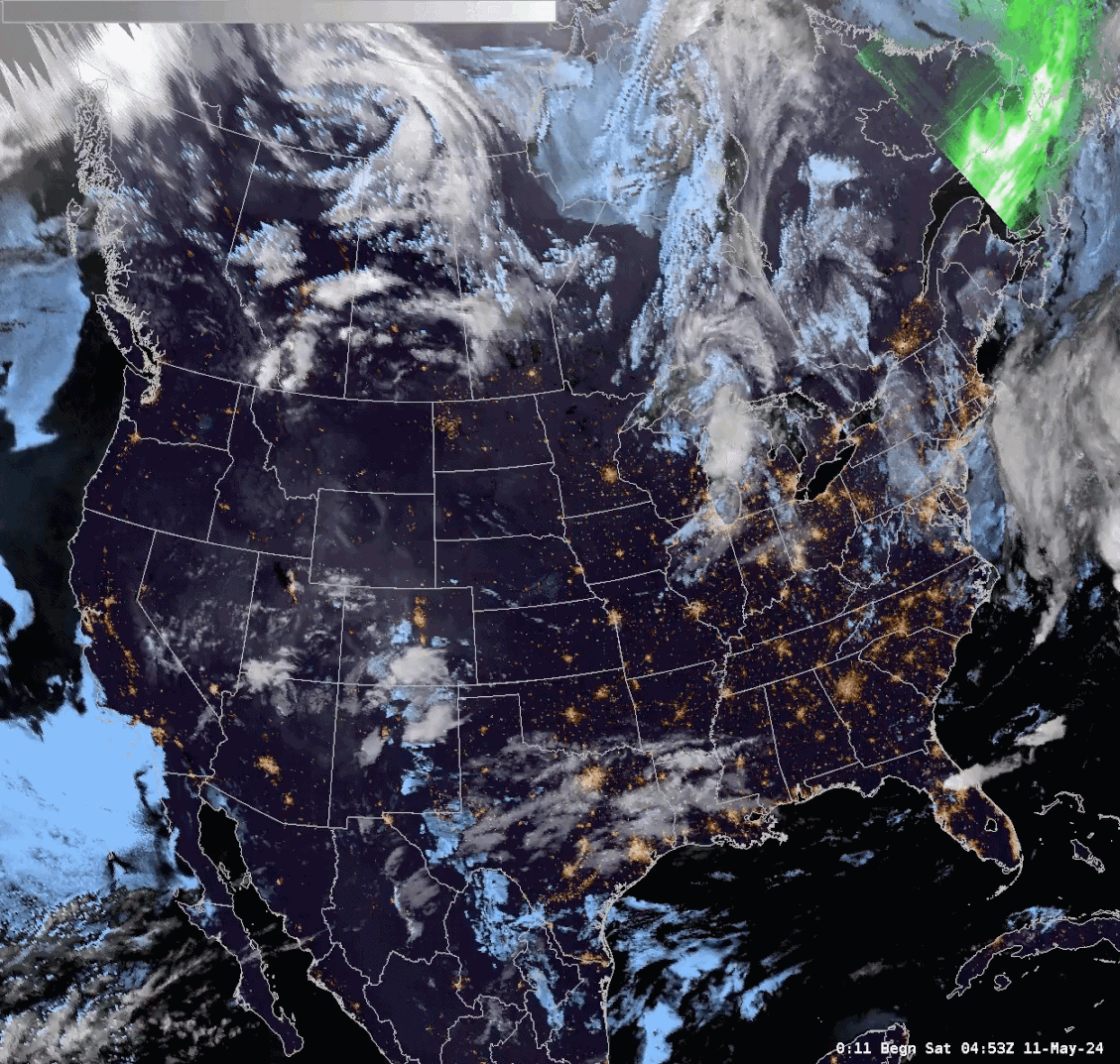 |
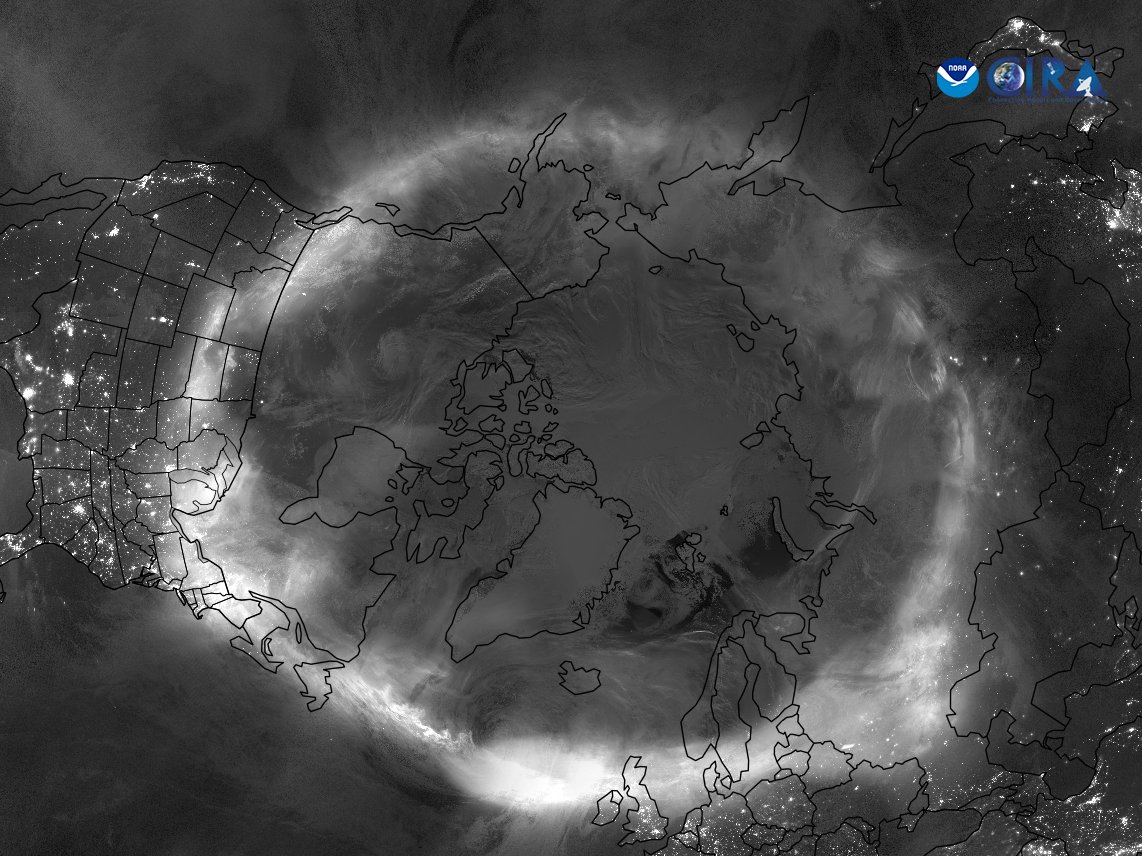 |
| Aurora is colored green as polar orbiting satellites pass over the United States late on the evening of May 10 into the morning of May 11, 2024. The underlying satellite image is from the GOES satellites. (Photo Credit: NWS Grand Forks - source) |
Polar orbiting satellite composite of the aurora, which is the brighter white, on the evening of May 10 into the morning of May 11, 2024 as viewed looking down at the North Pole (center) over the Northern Hemisphere. The United States is on the left of this image. (NESDIS and CIRA - source/source) |
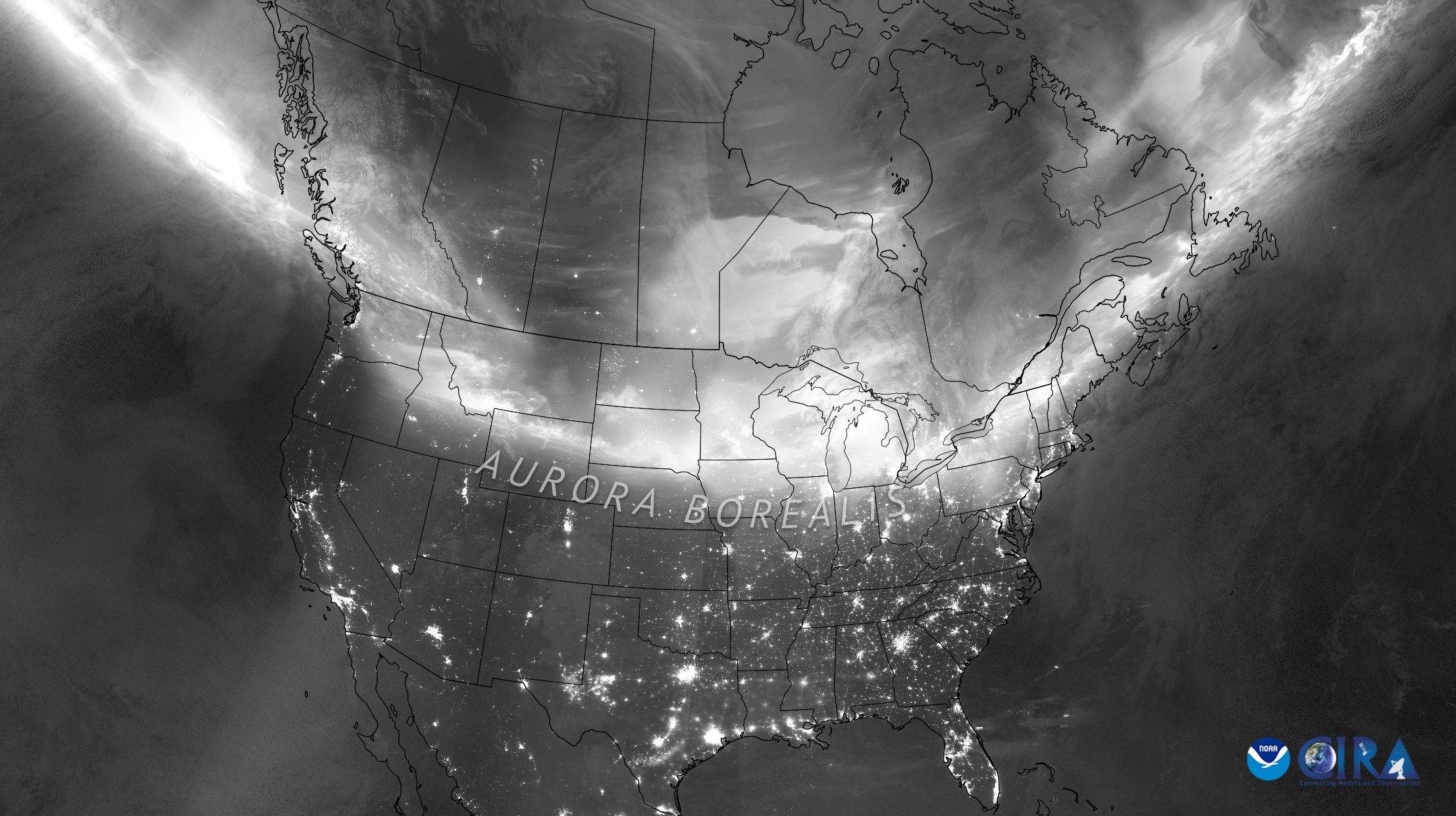 |
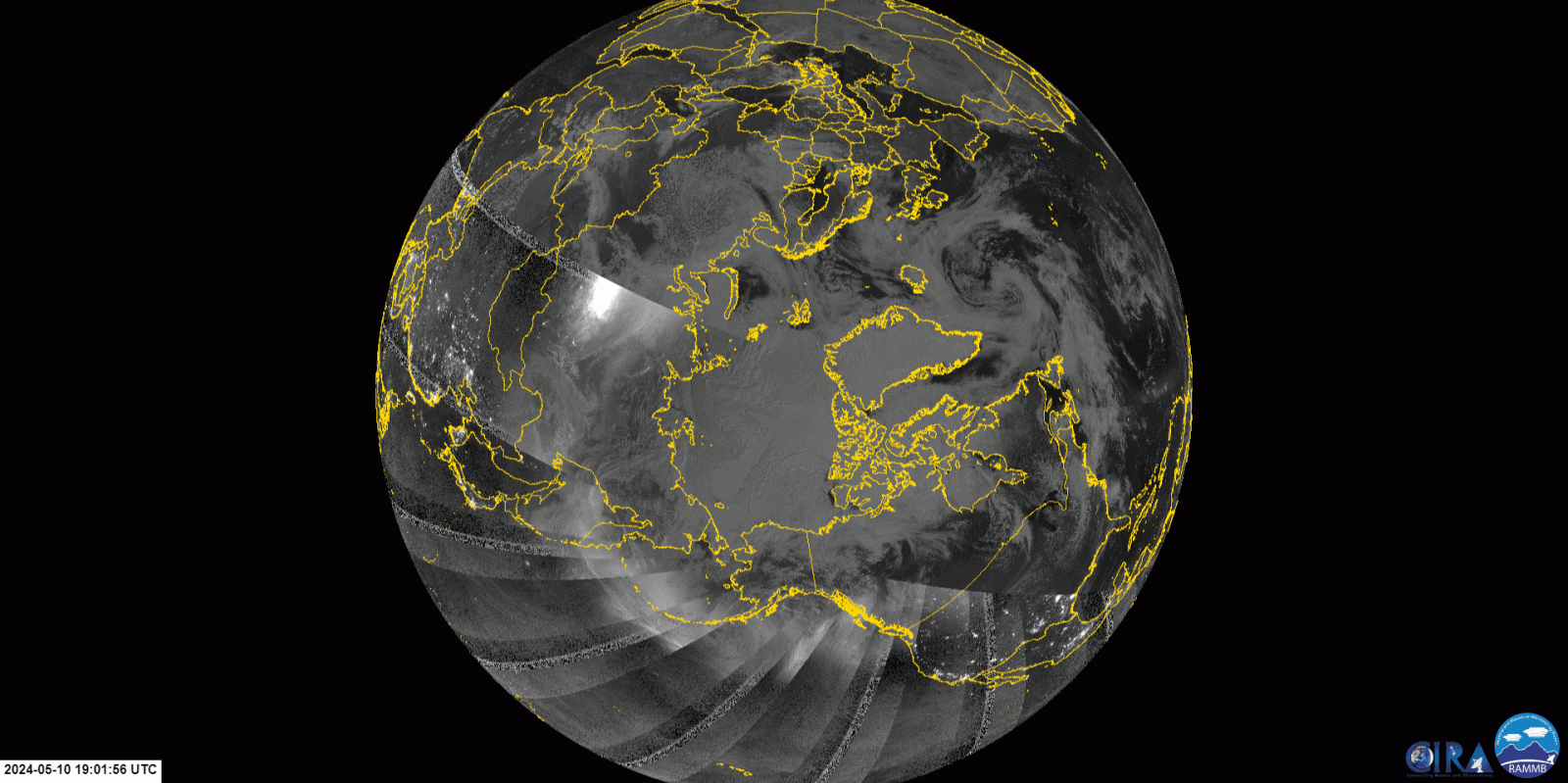 |
| Aurora borealis (bright white in the image) over the continental United States early on the morning of May 11, 2024 as viewed by polar orbiting satellites. (NOAA Satellites and CIRA - source/source) |
A view looking down at the North Pole (center) over the Northern Hemisphere with the United States in the bottom right. The bright white area is the aurora over Asia and Europe on the evening of May 10, 2024 at top of the image. Loop via CIRA SLIDER. |
Satellite Webpage or Blog Posts
Image Archive of the Historic May 11th Geomagnetic Storm - CIMSS Satellite Blog
Northern Lights From Over the North Pole - NESDIS
Historic Geomagnetic Storm Dazzles - NASA Earth Observatory
The Northern Lights Observed in the Lower-48 - VISIT: Meteorological Interpretation Blog
Space Weather Prediction Center Graphics
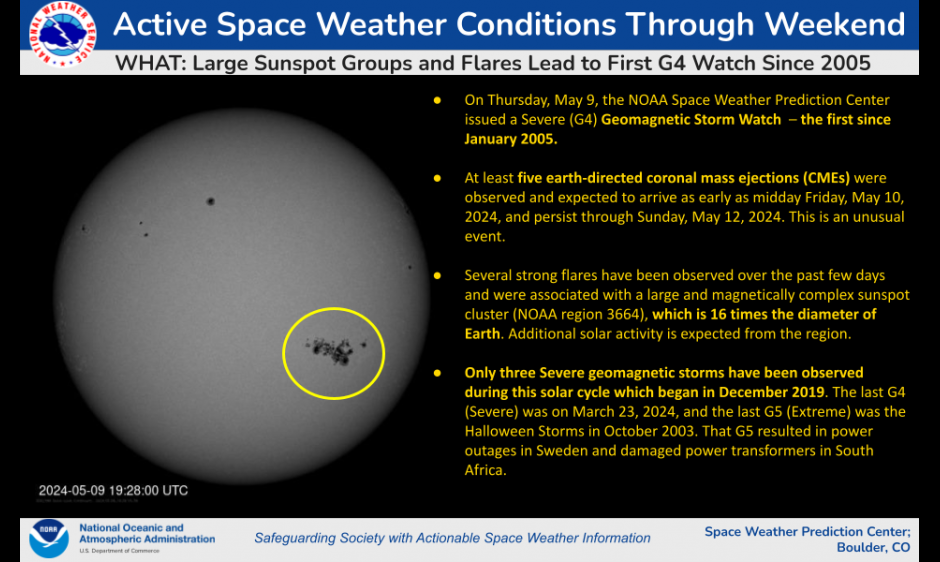 |
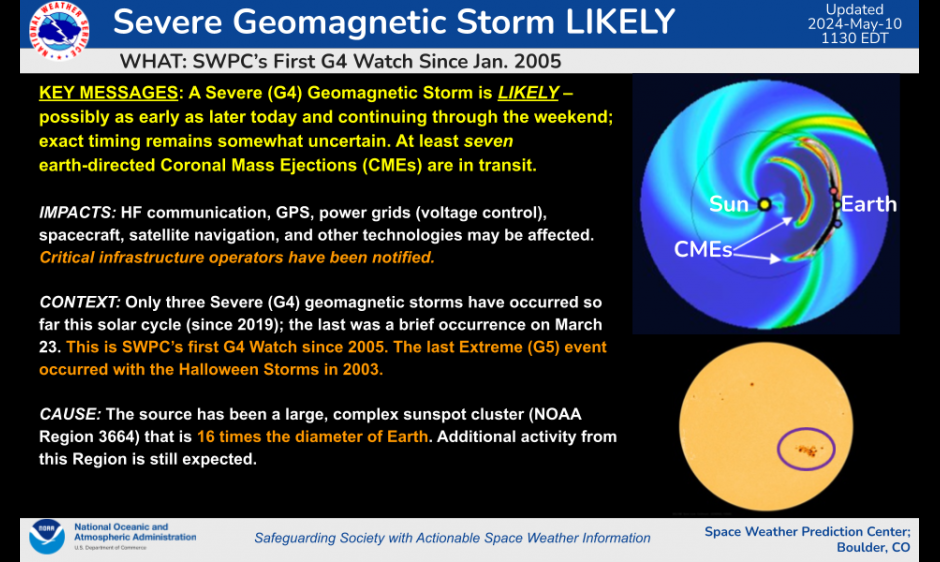 |
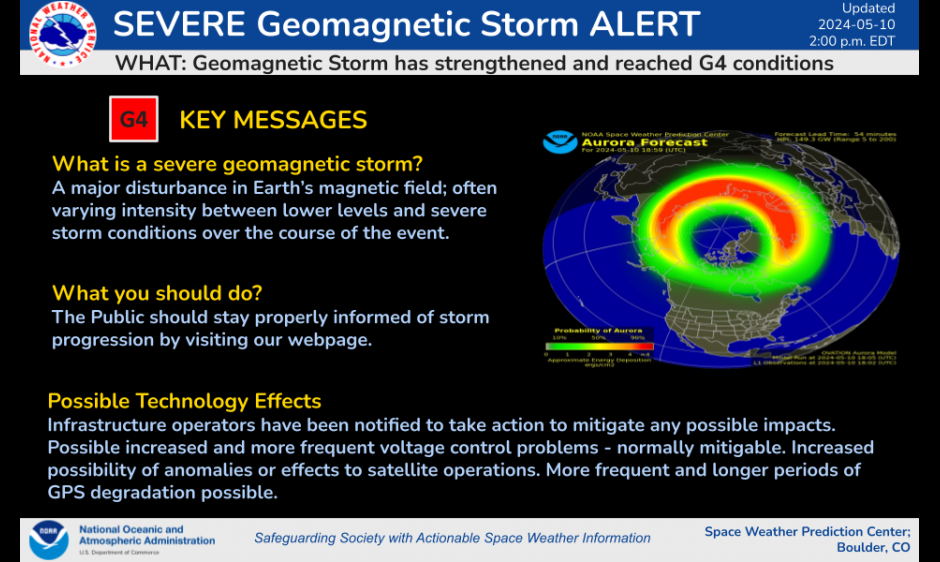 |
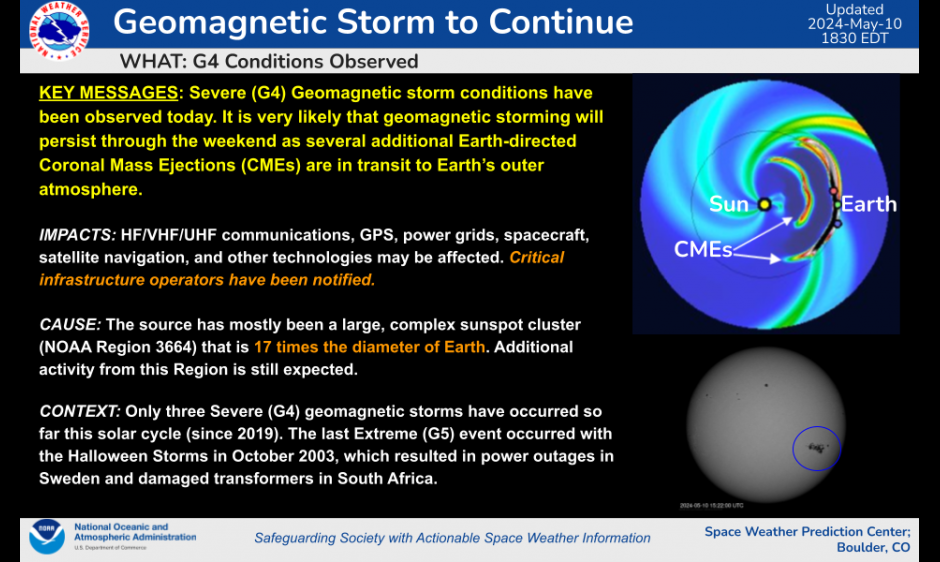 |
| First G4 Watch Since Jan 2005 - May 9, 2024 338pm CDT | G4 Continues - May 10, 2024 1030am CDT | G4 Conditions Reached - May 10, 2024 1pm CDT | G4 Conditions Continue - May 10, 2024 530pm CDT |
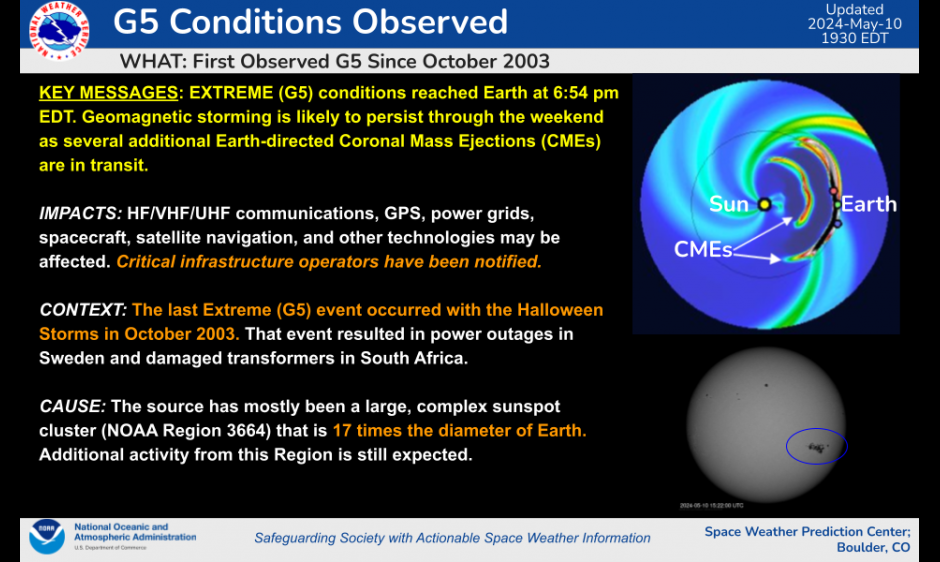 |
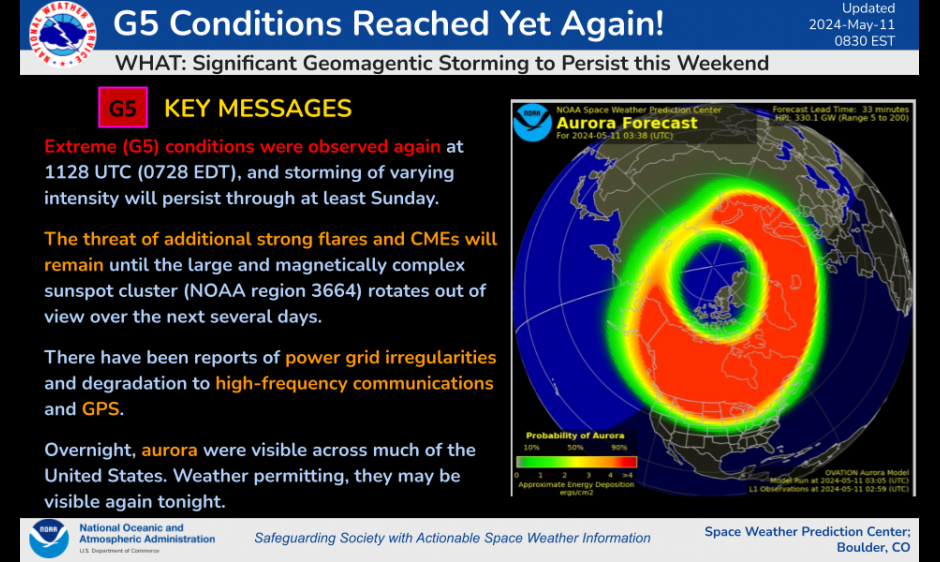 |
| G5 Conditions Observed - May 10, 2024 6:30pm CDT | G5 Conditions Again - May 11, 2024 7:30am CDT |
Aurora Color FAQ
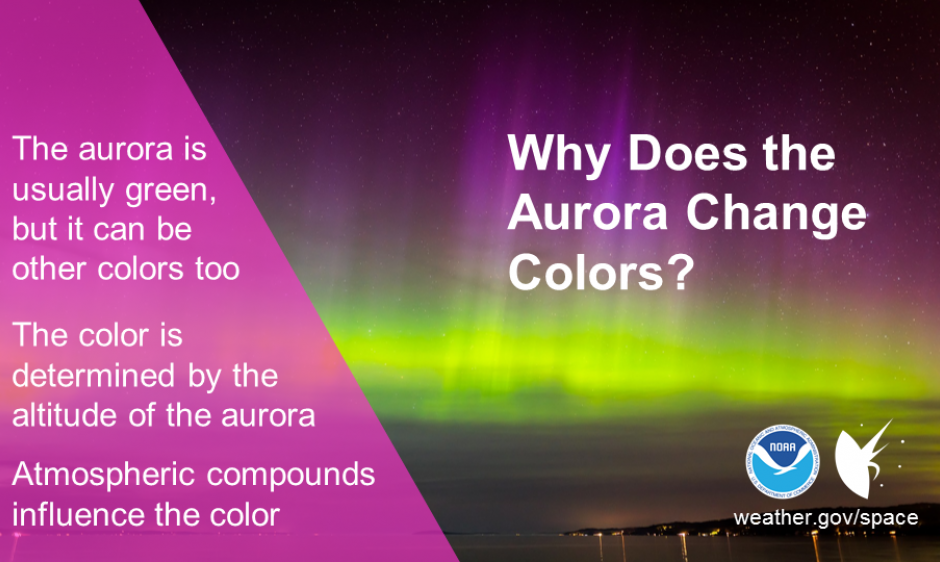 |
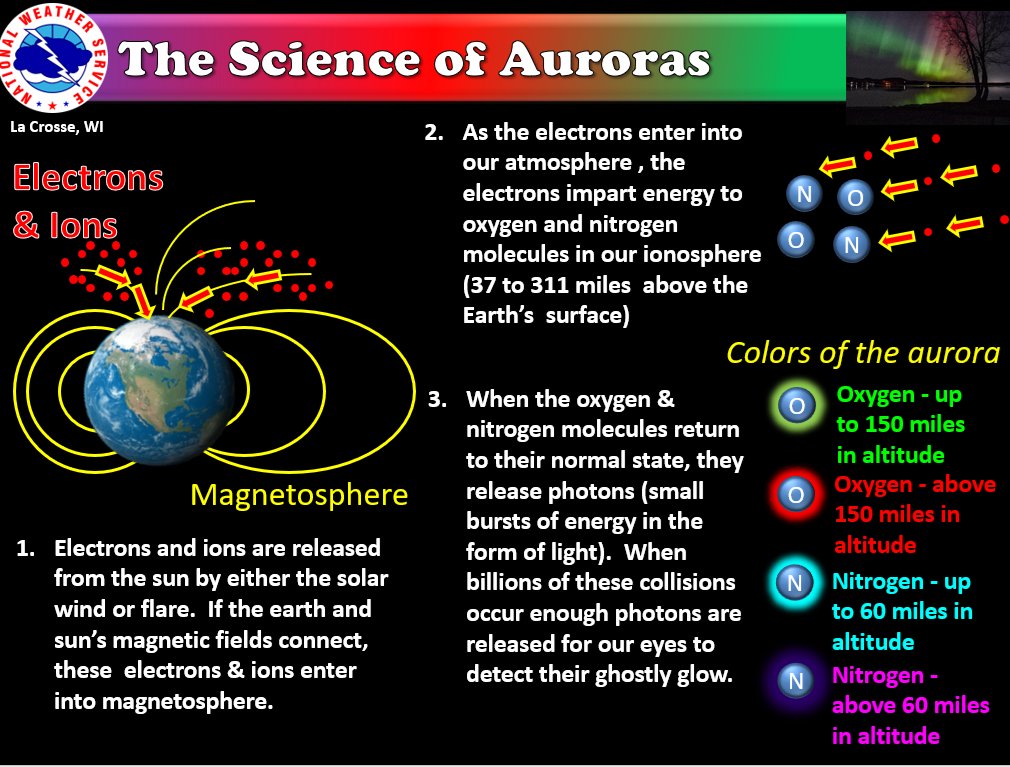 |
| Info about auroras, including their causes and why there are different colors and shapes | Image Credit: NWS La Crosse |
 |
Media use of NWS Web News Stories is encouraged! Please acknowledge the NWS as the source of any news information accessed from this site. |
 |